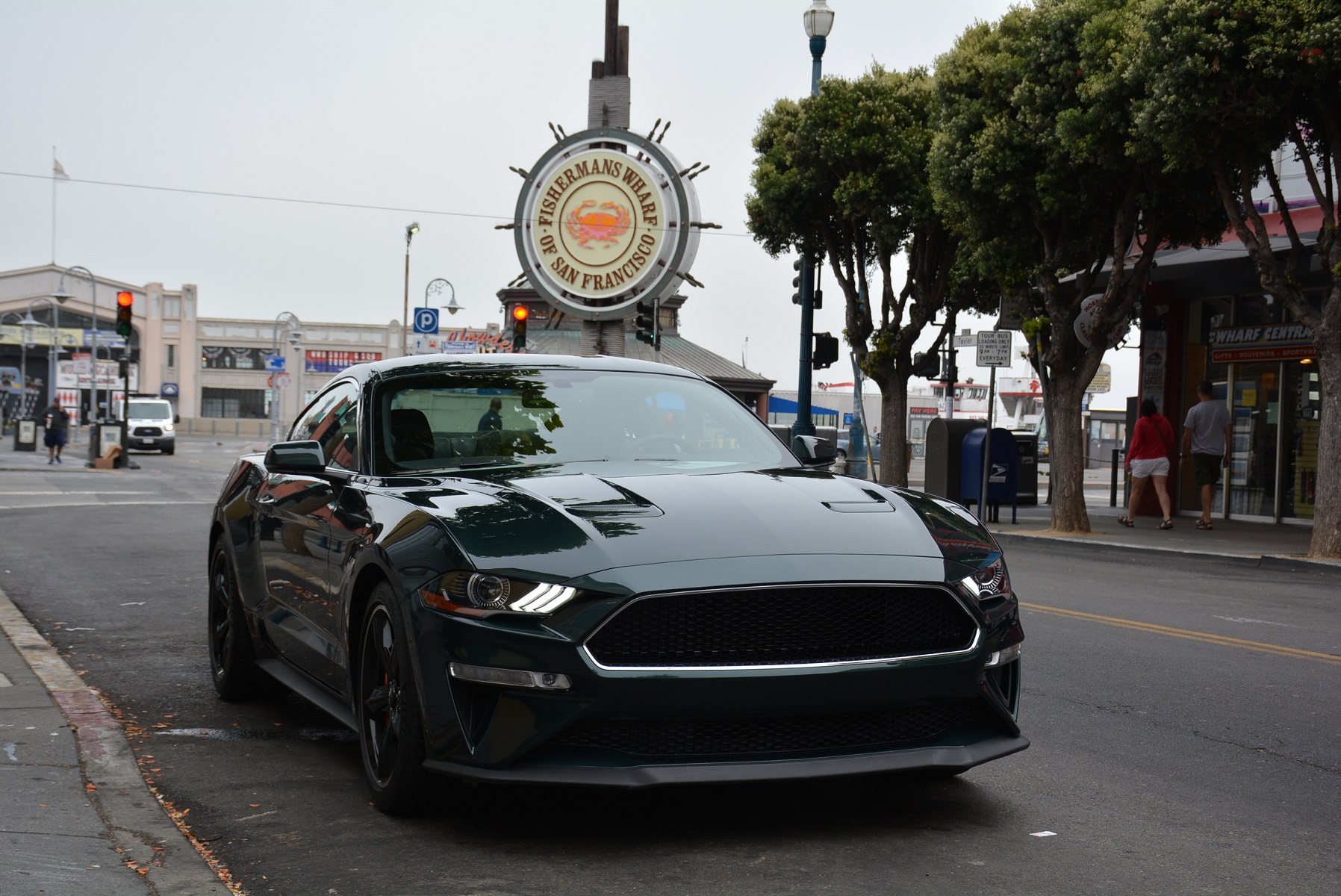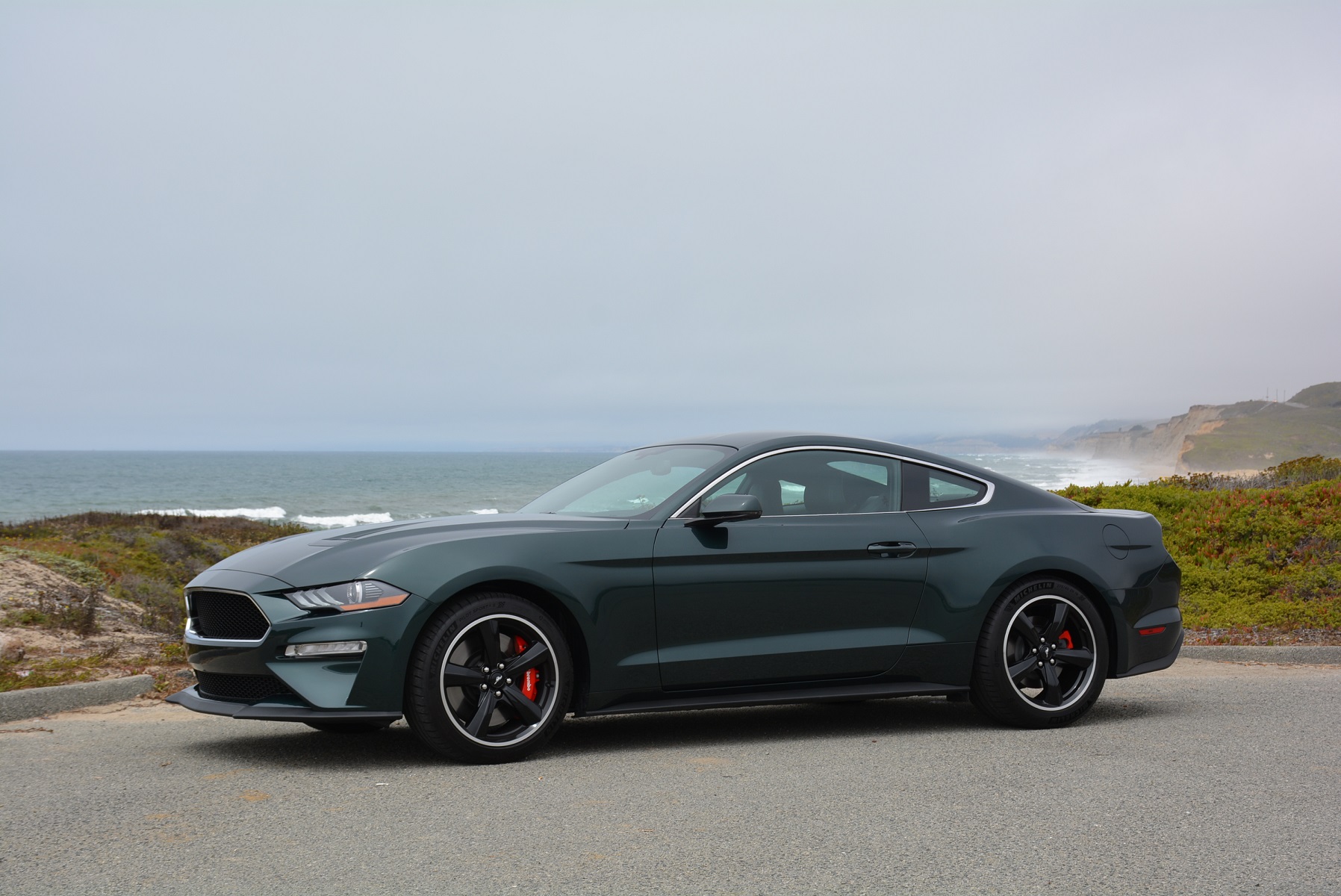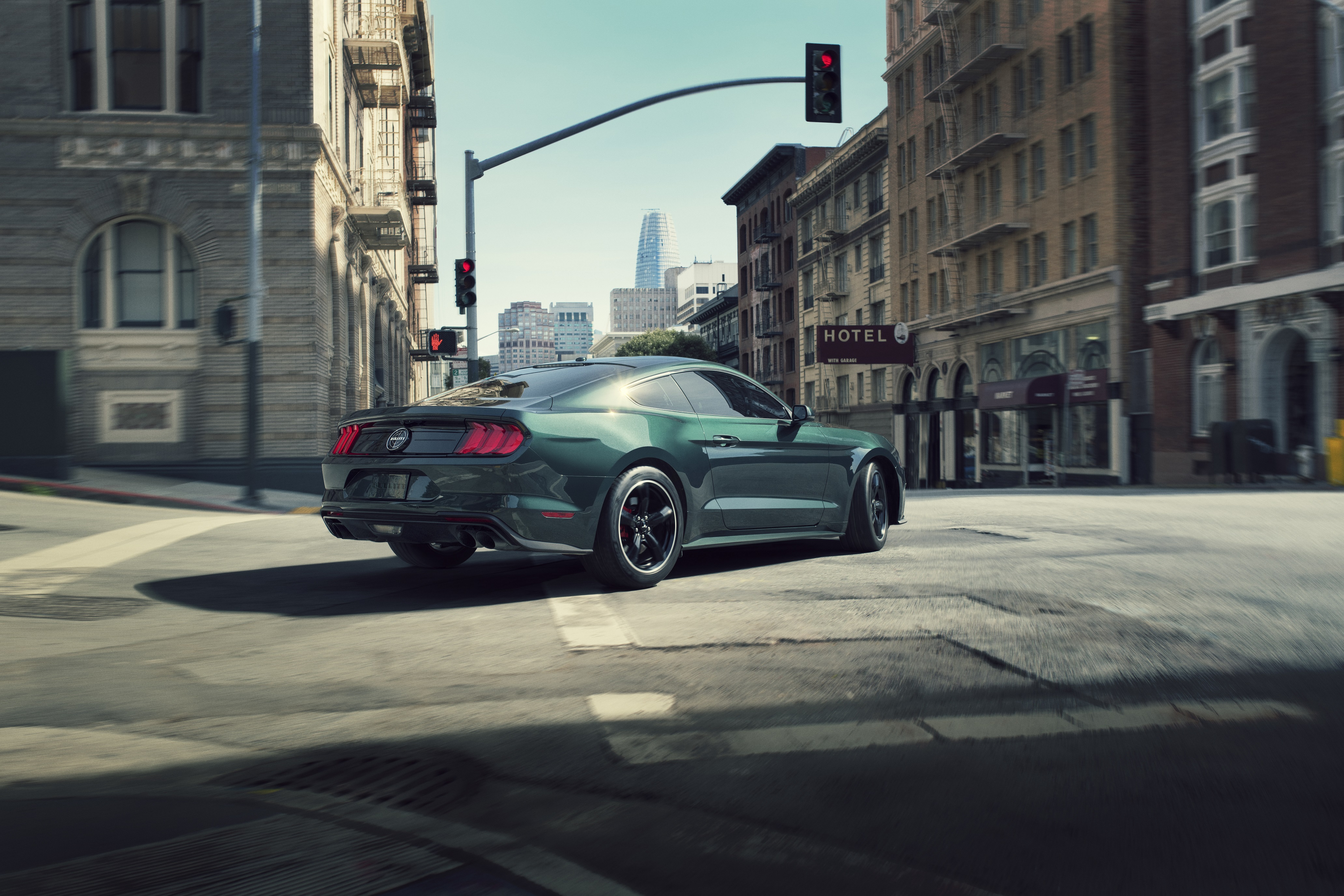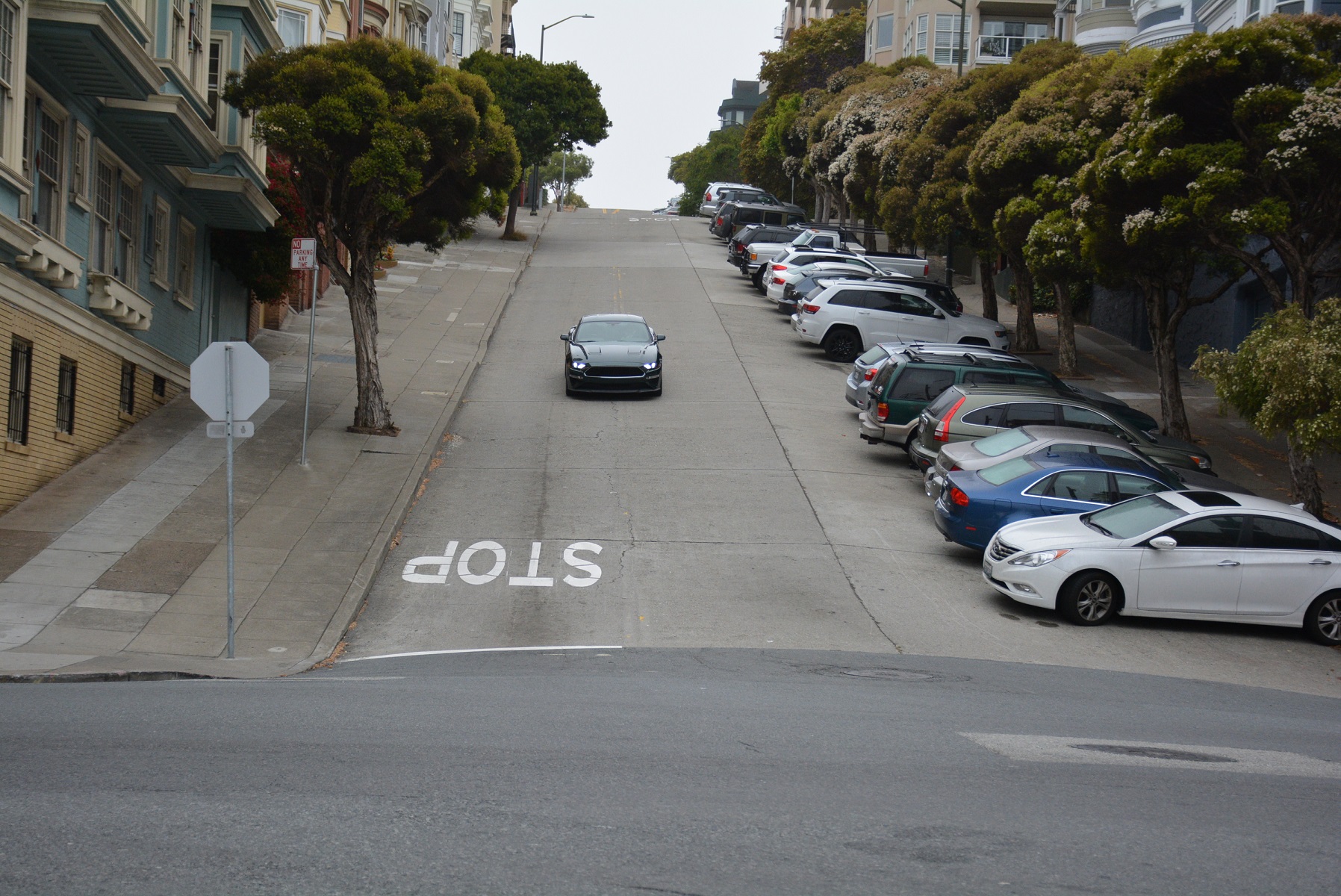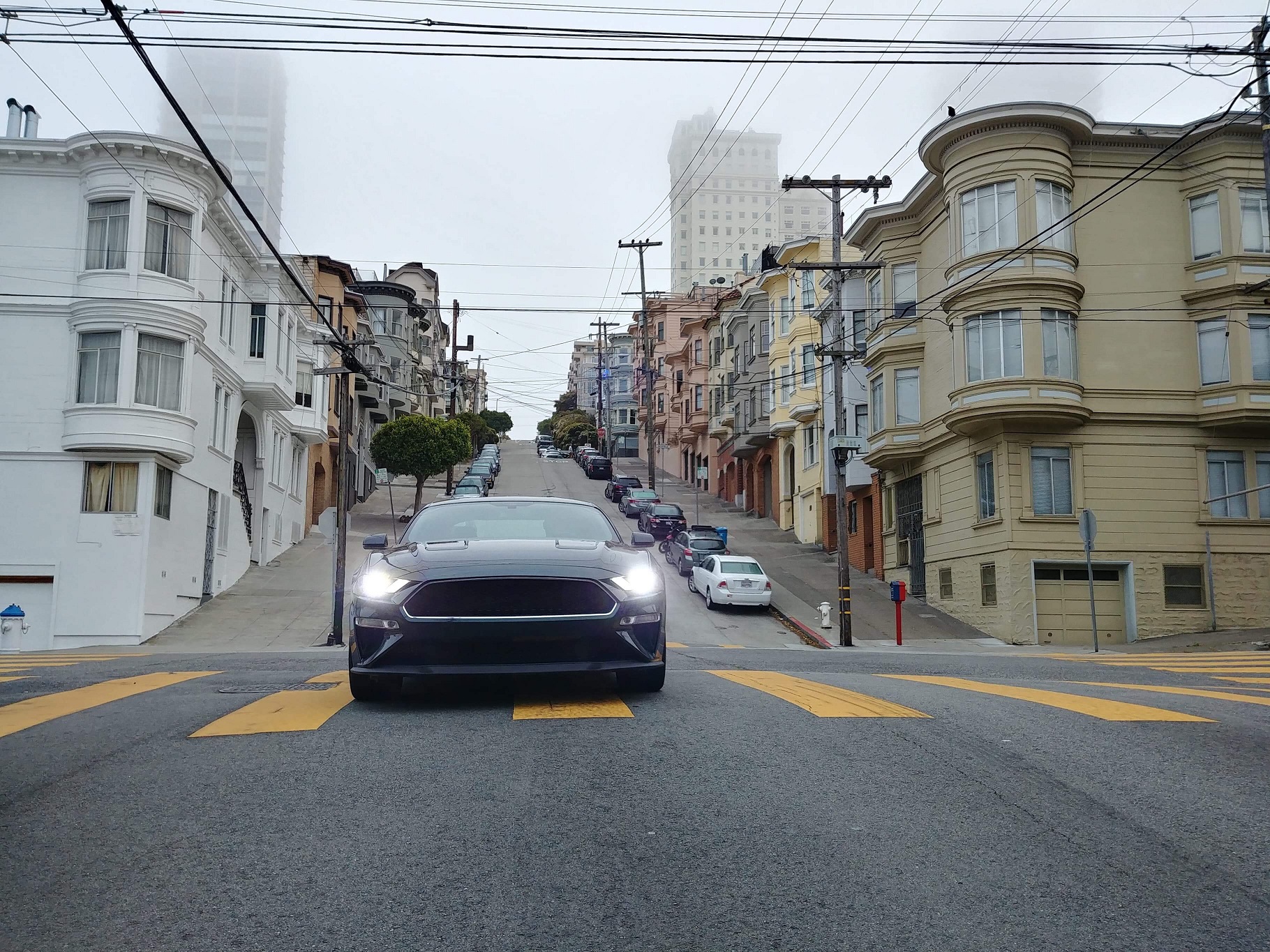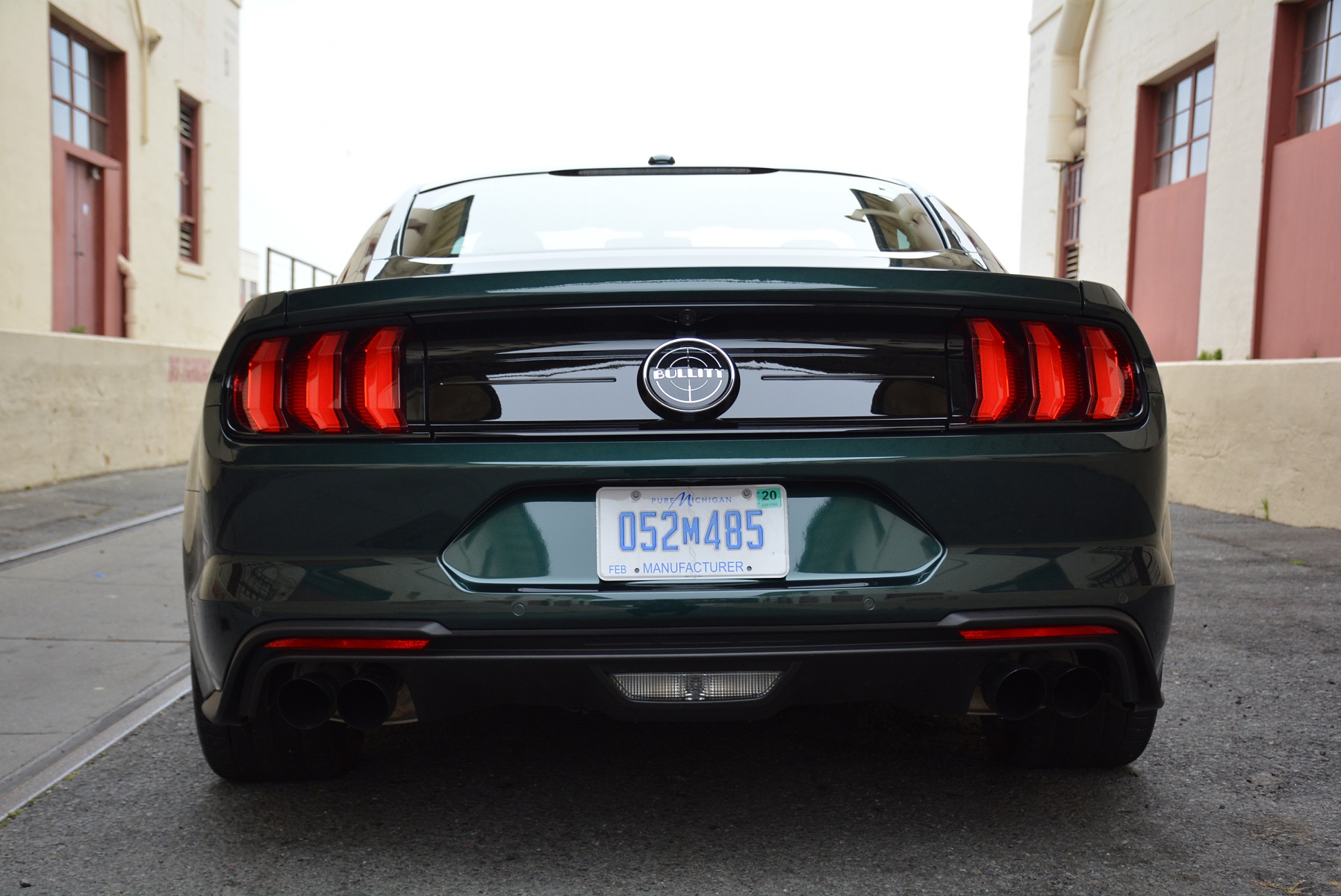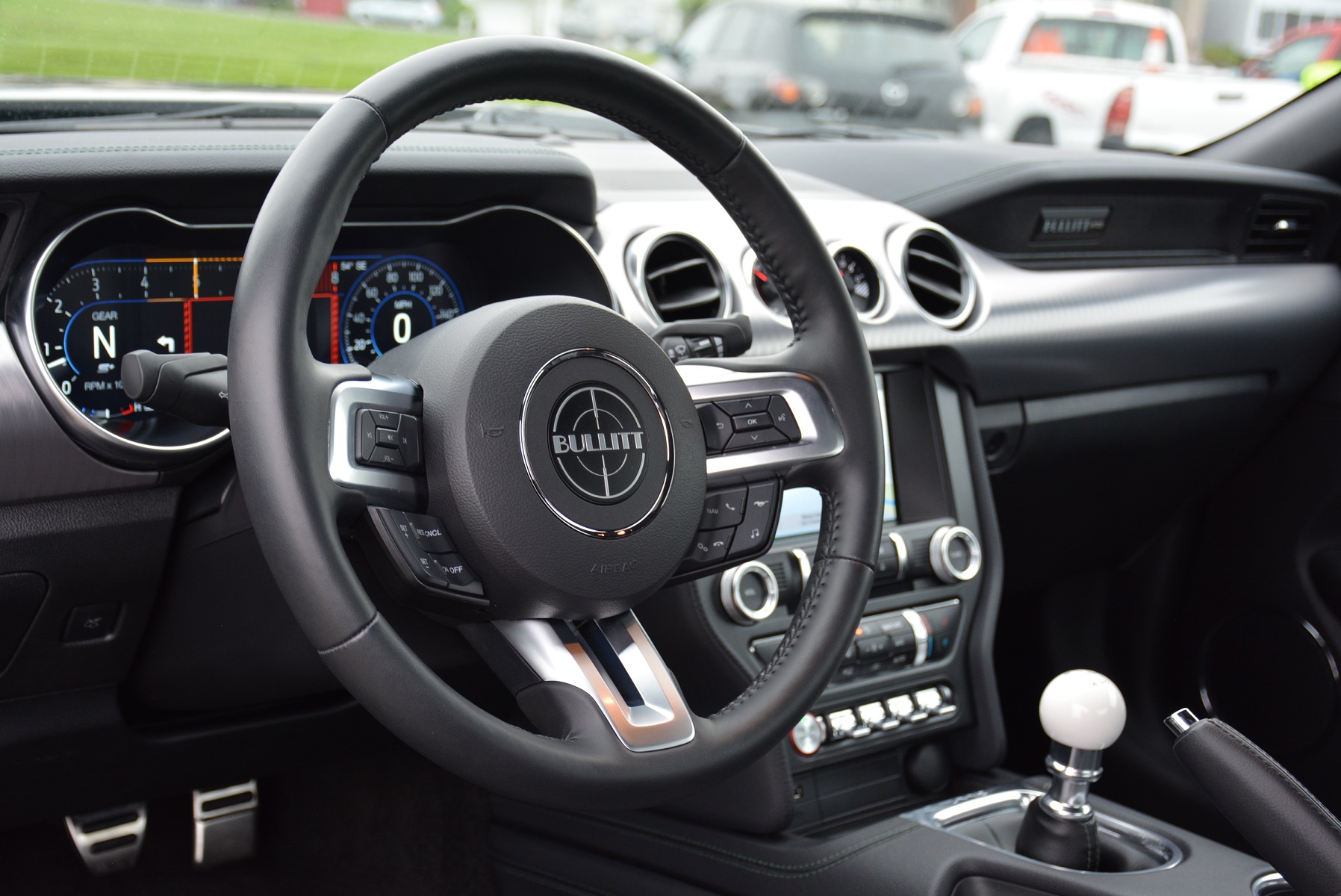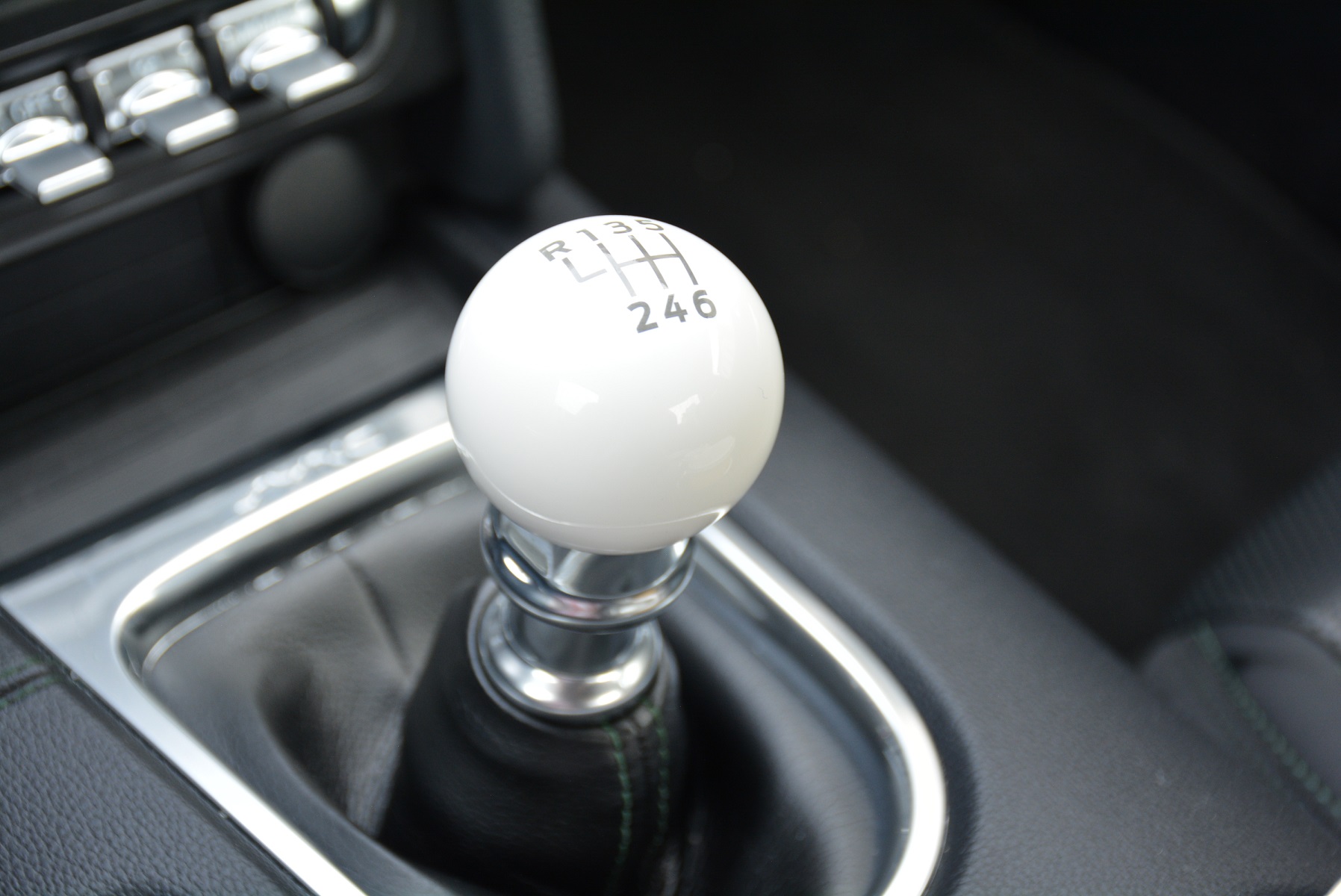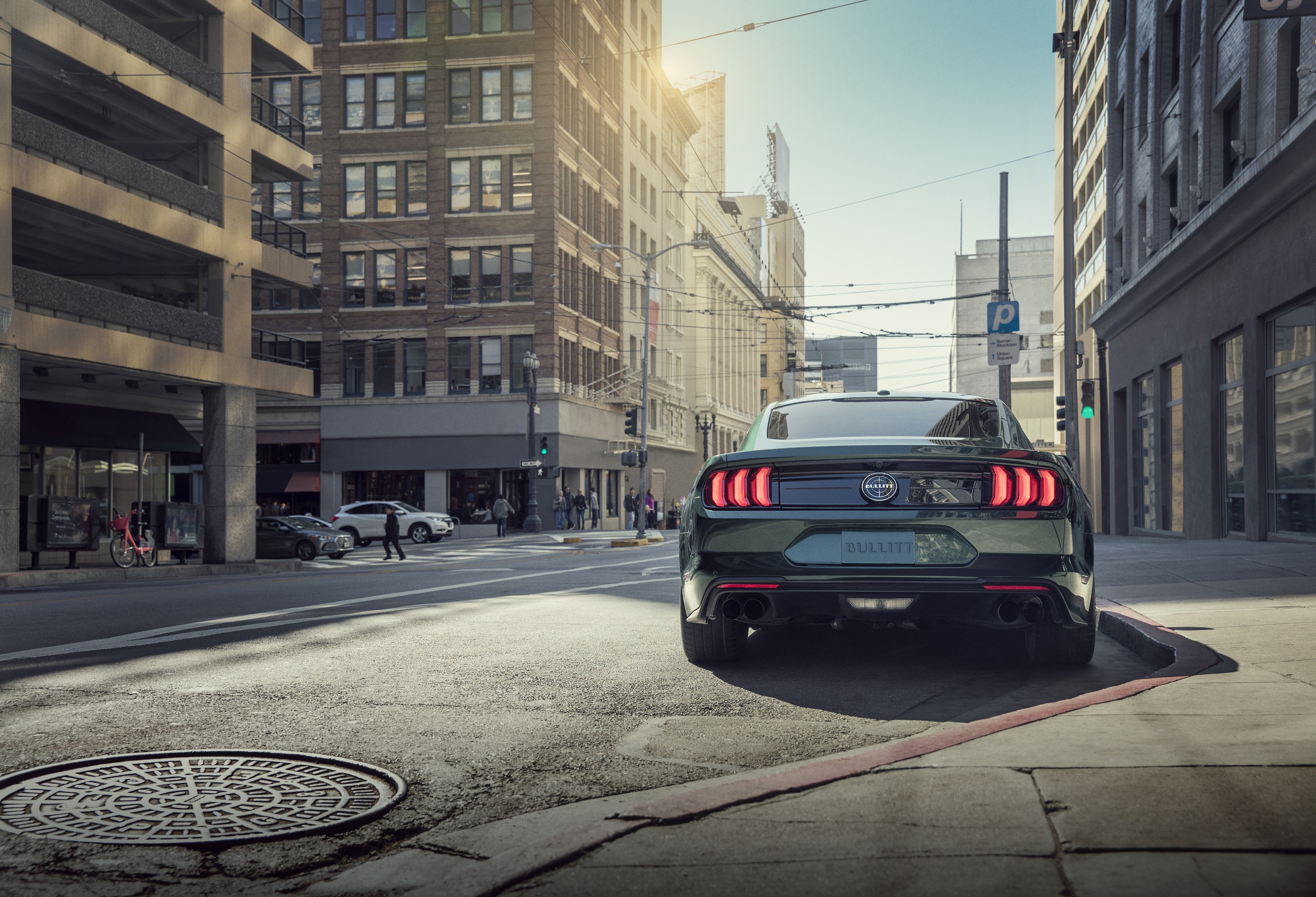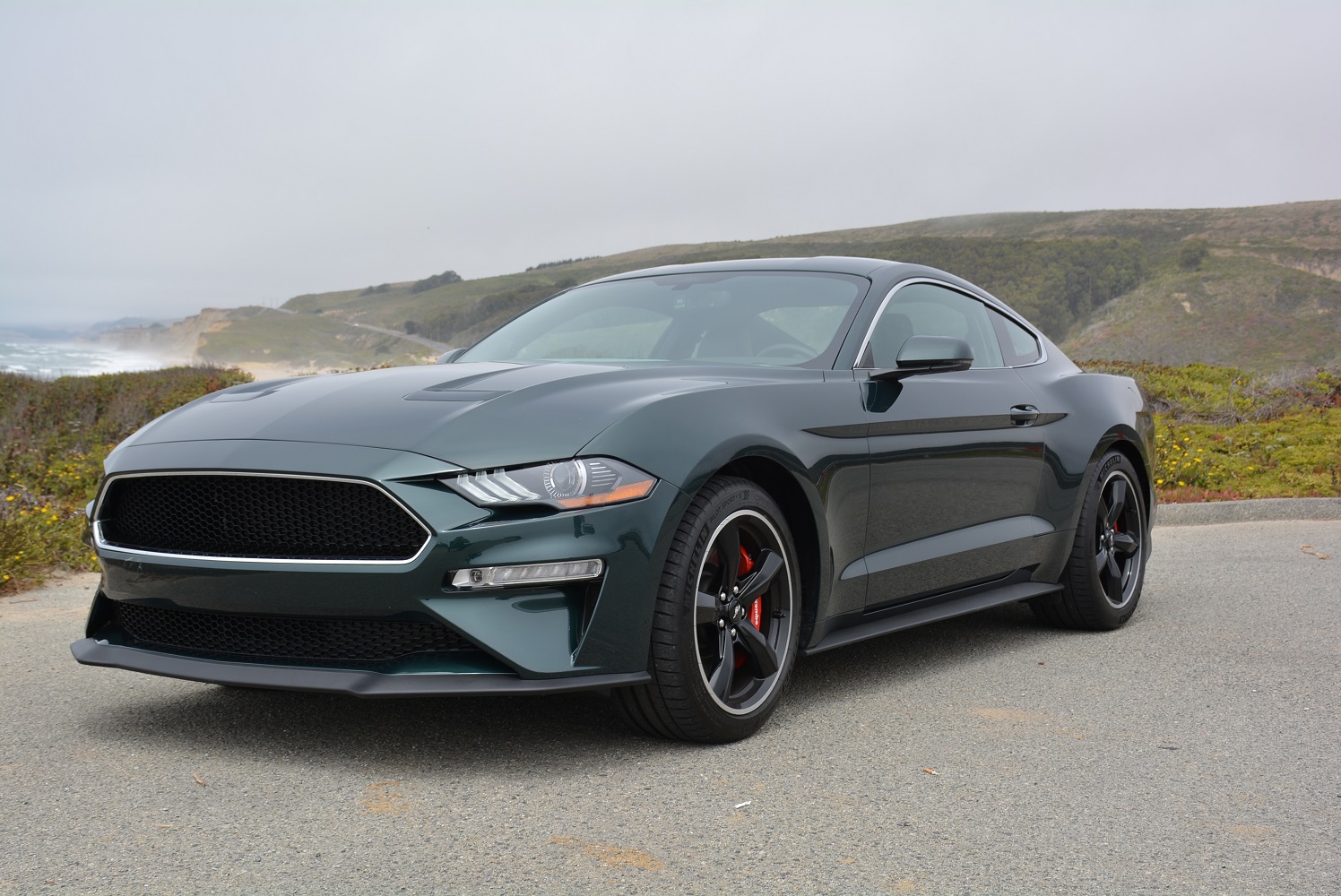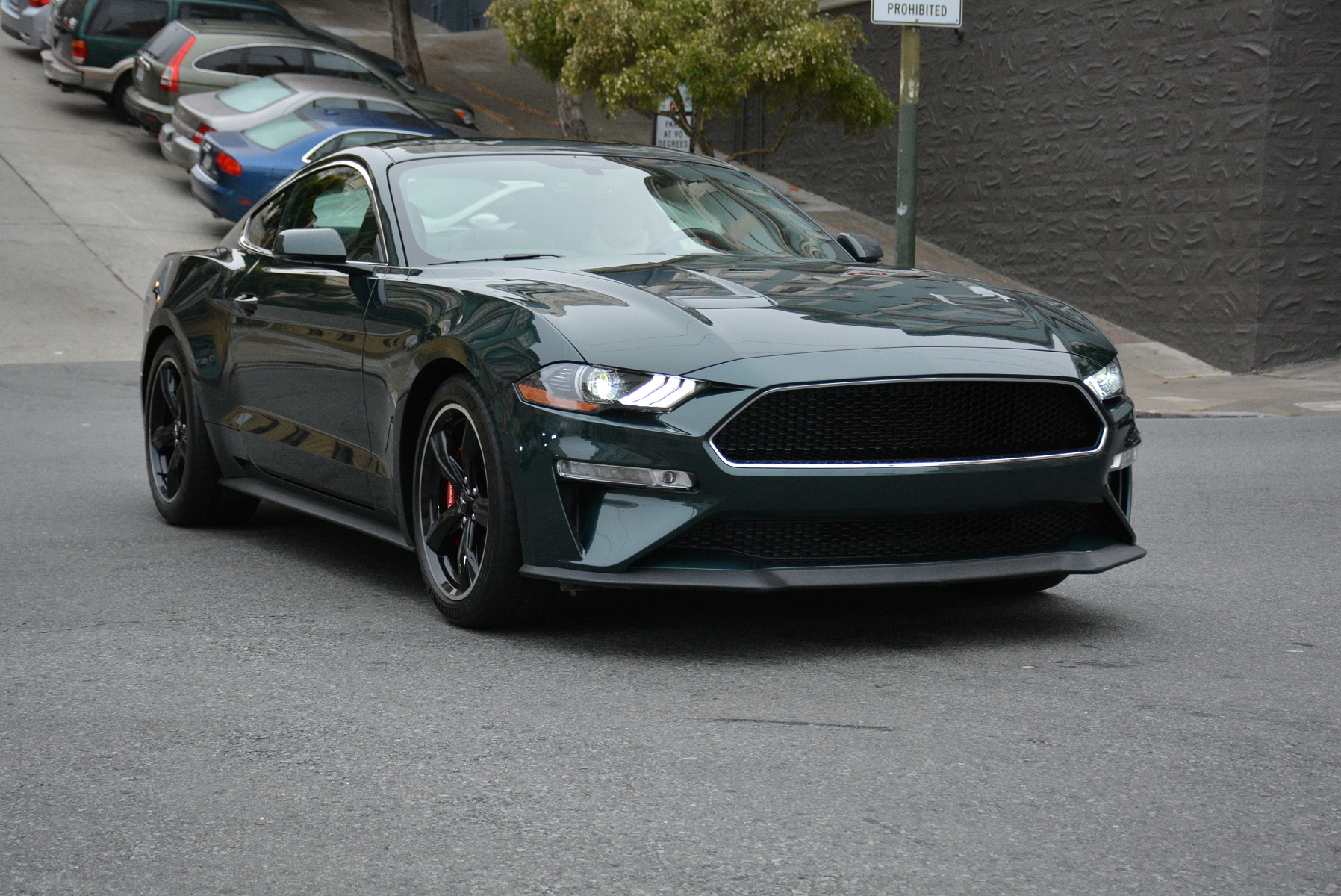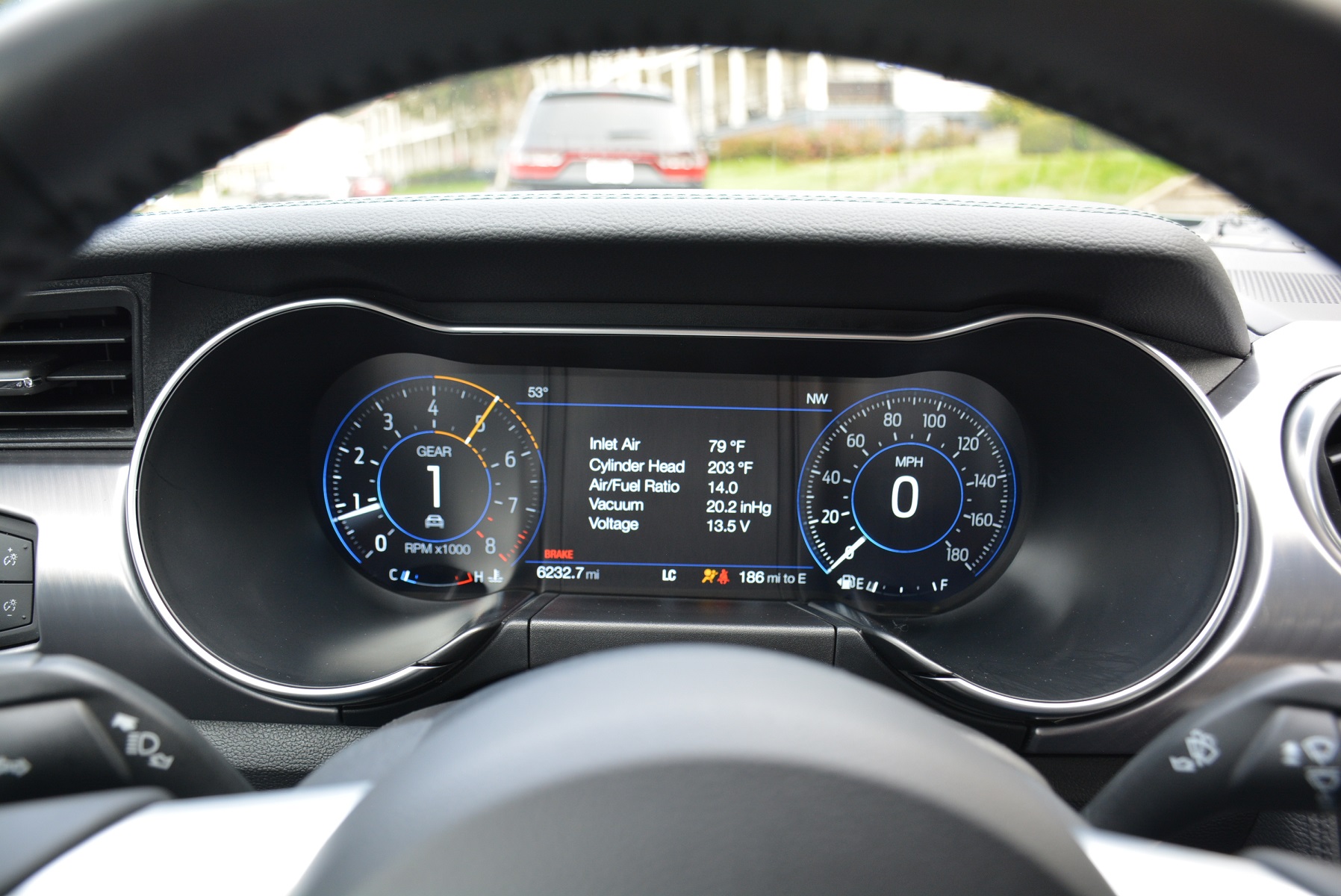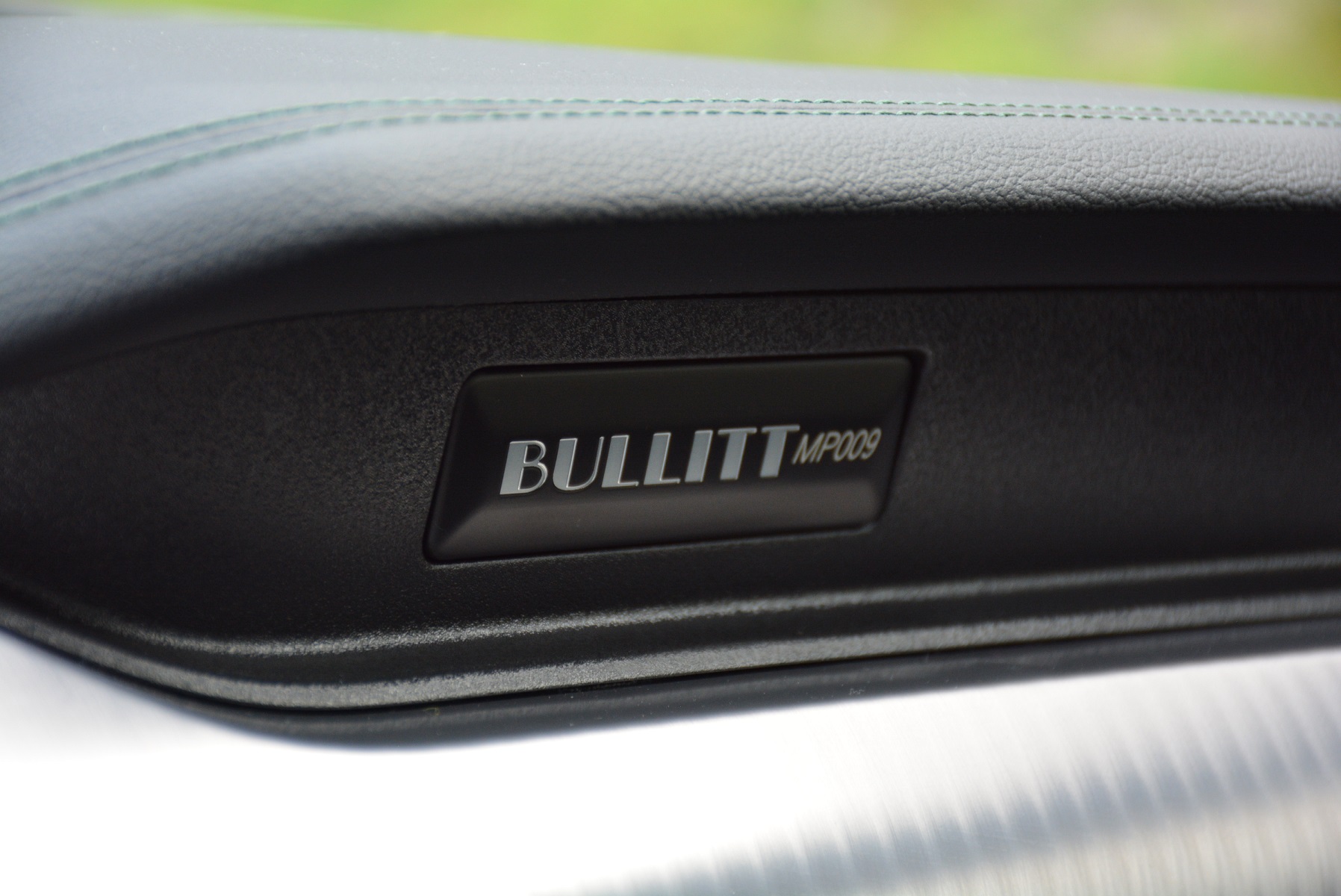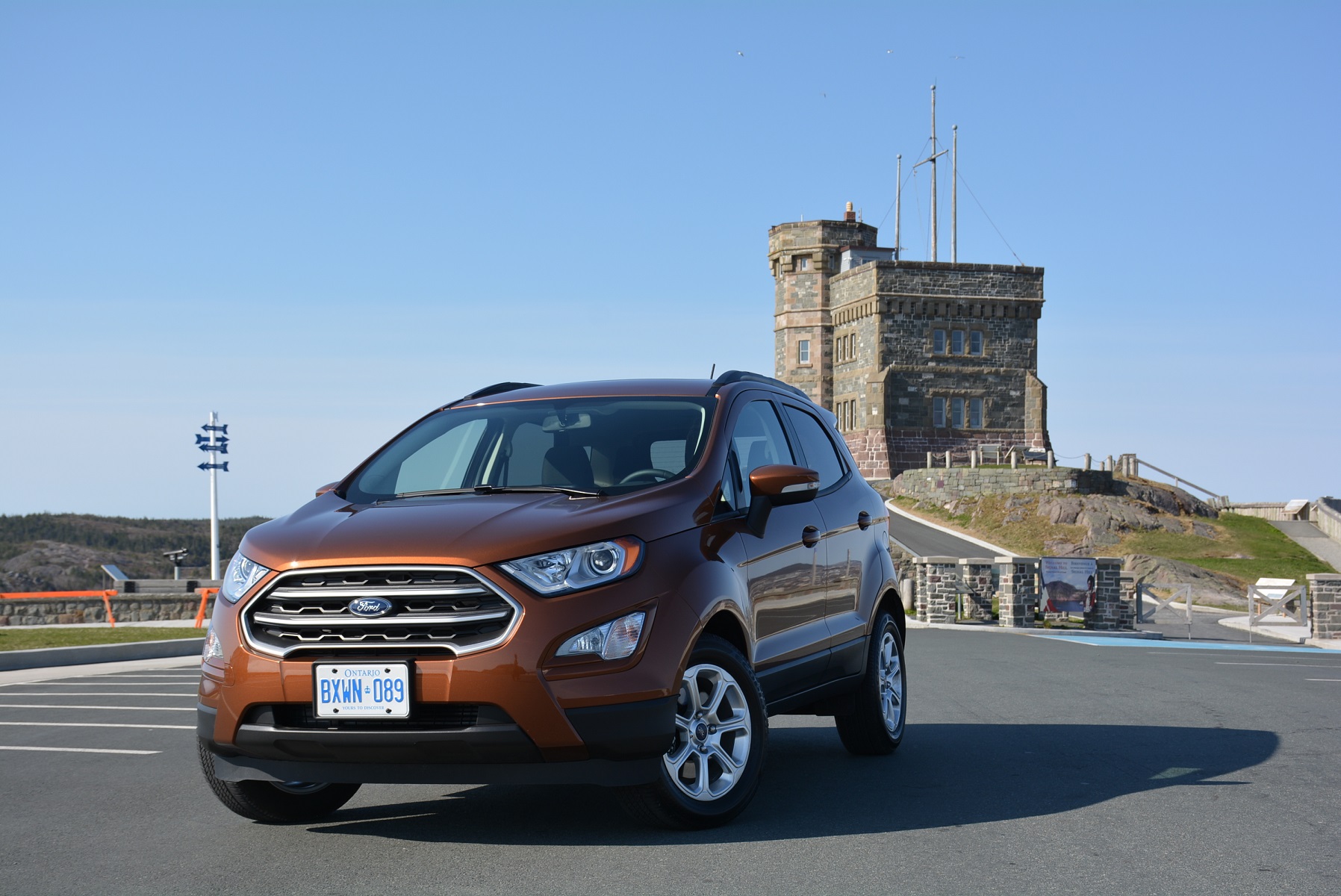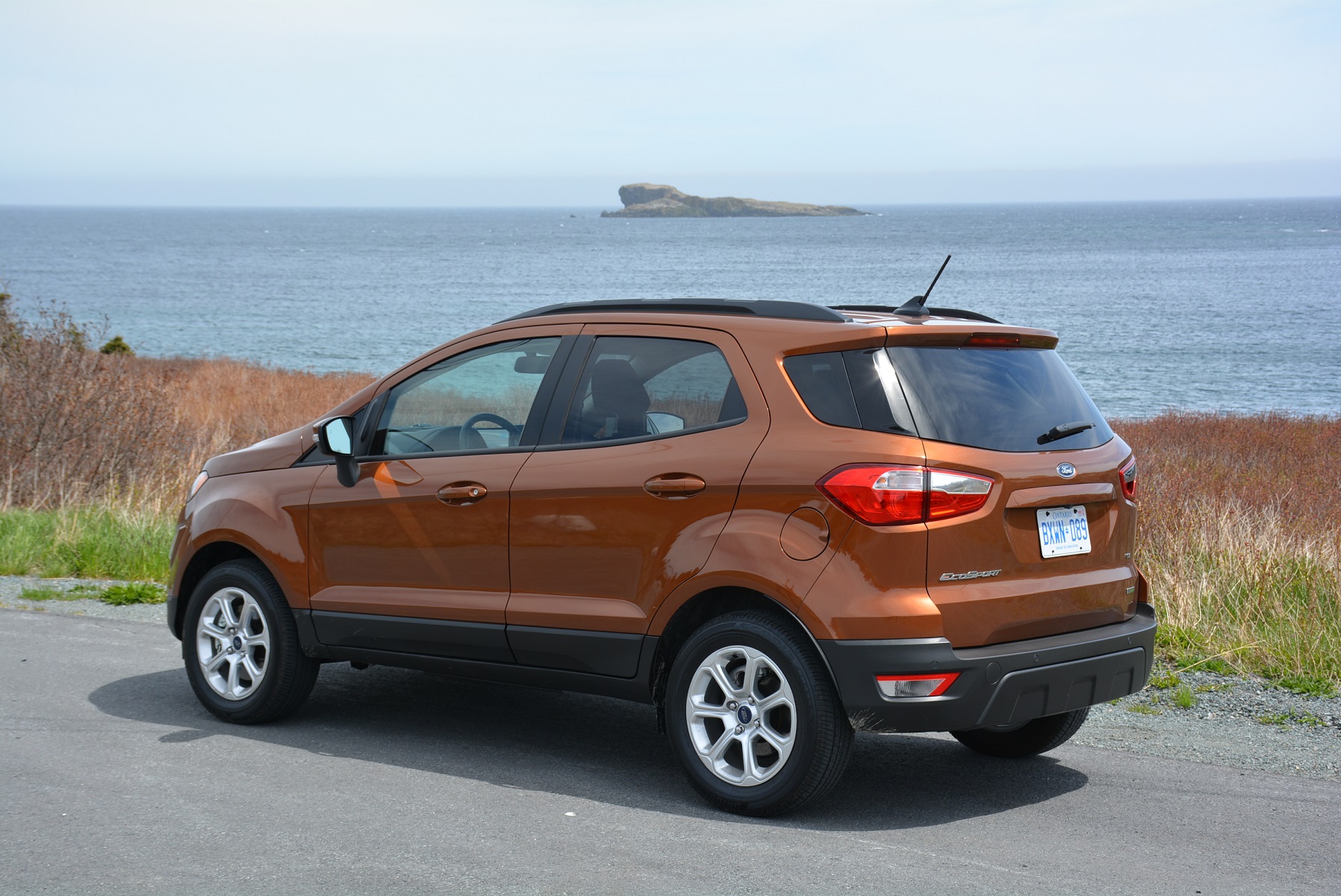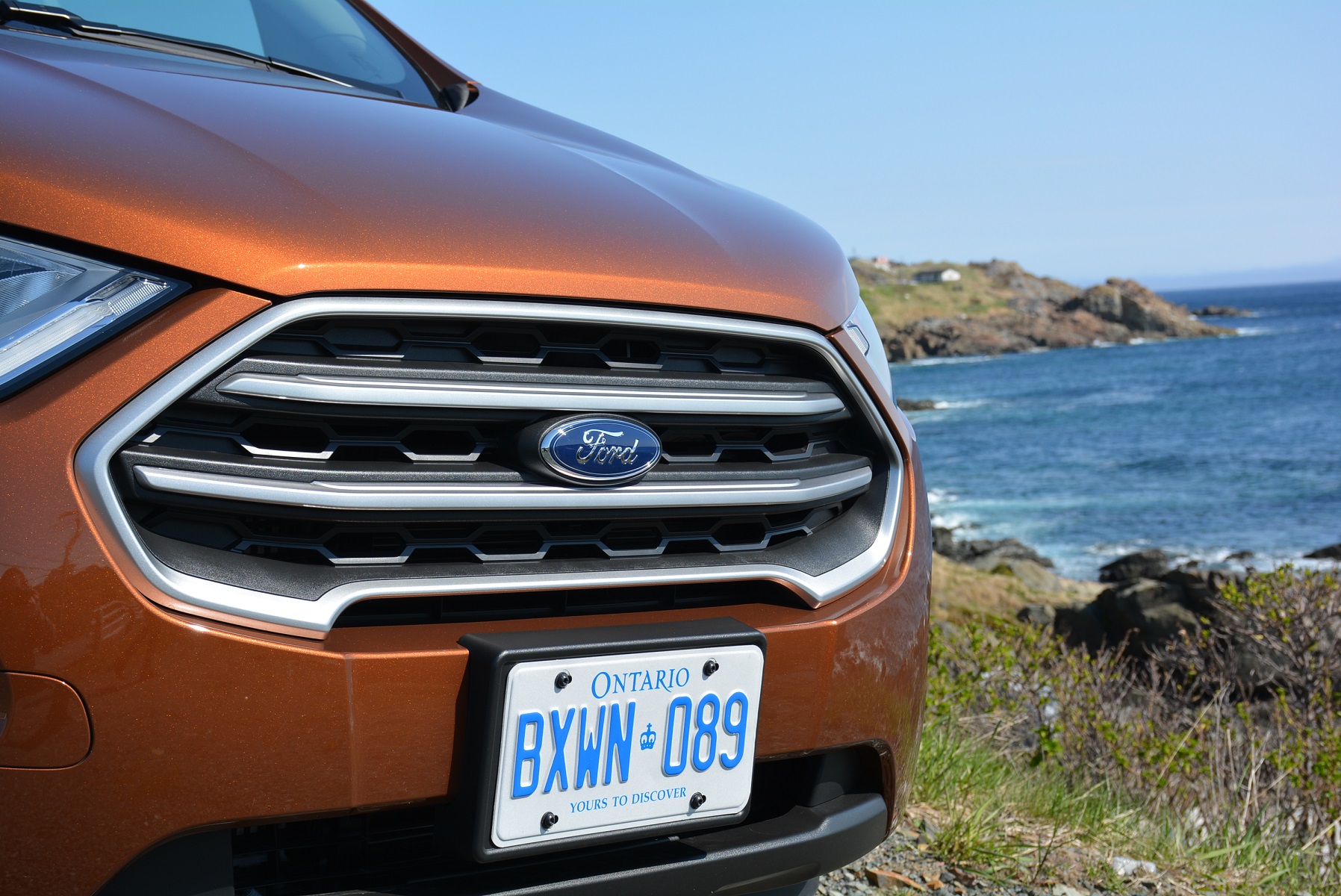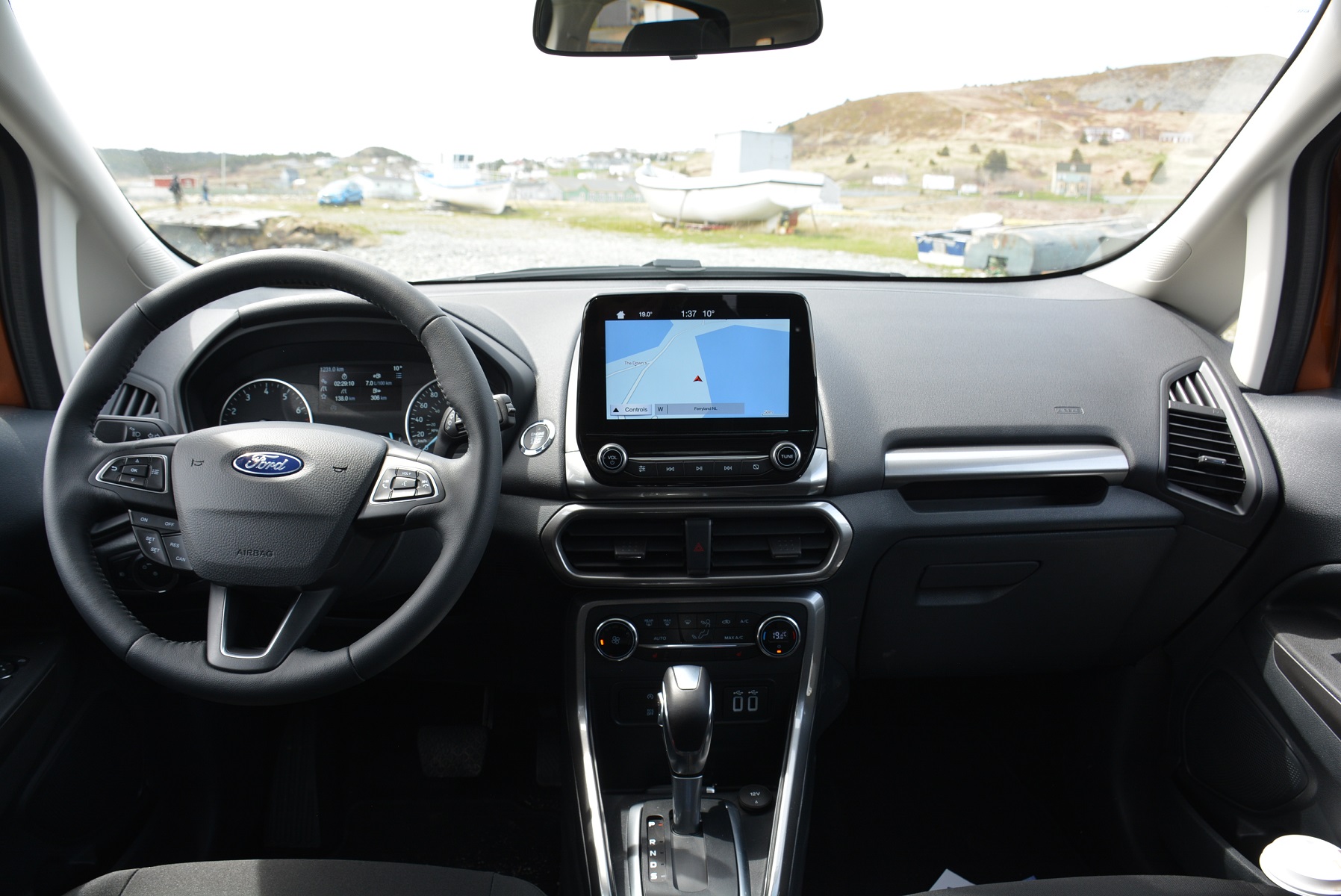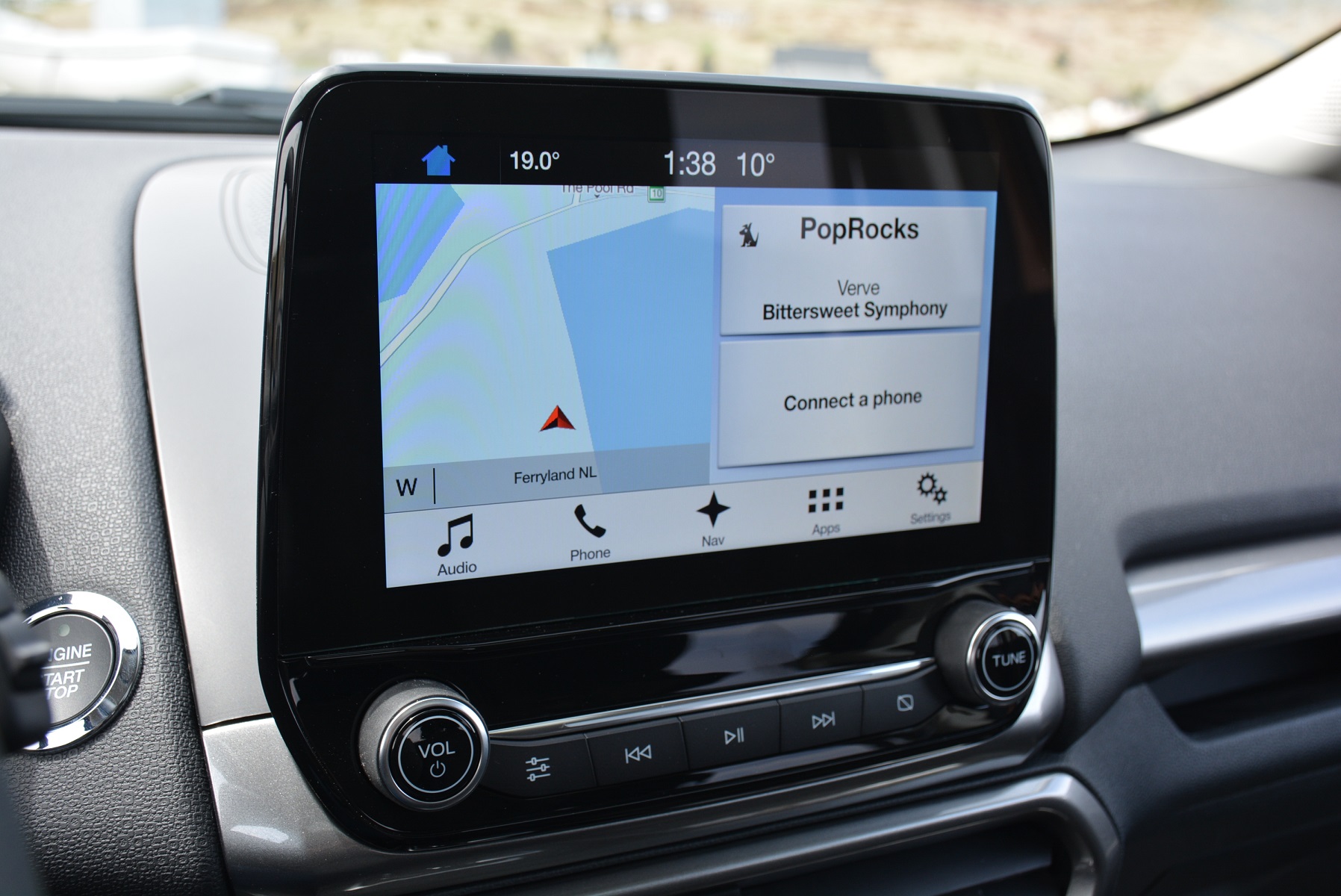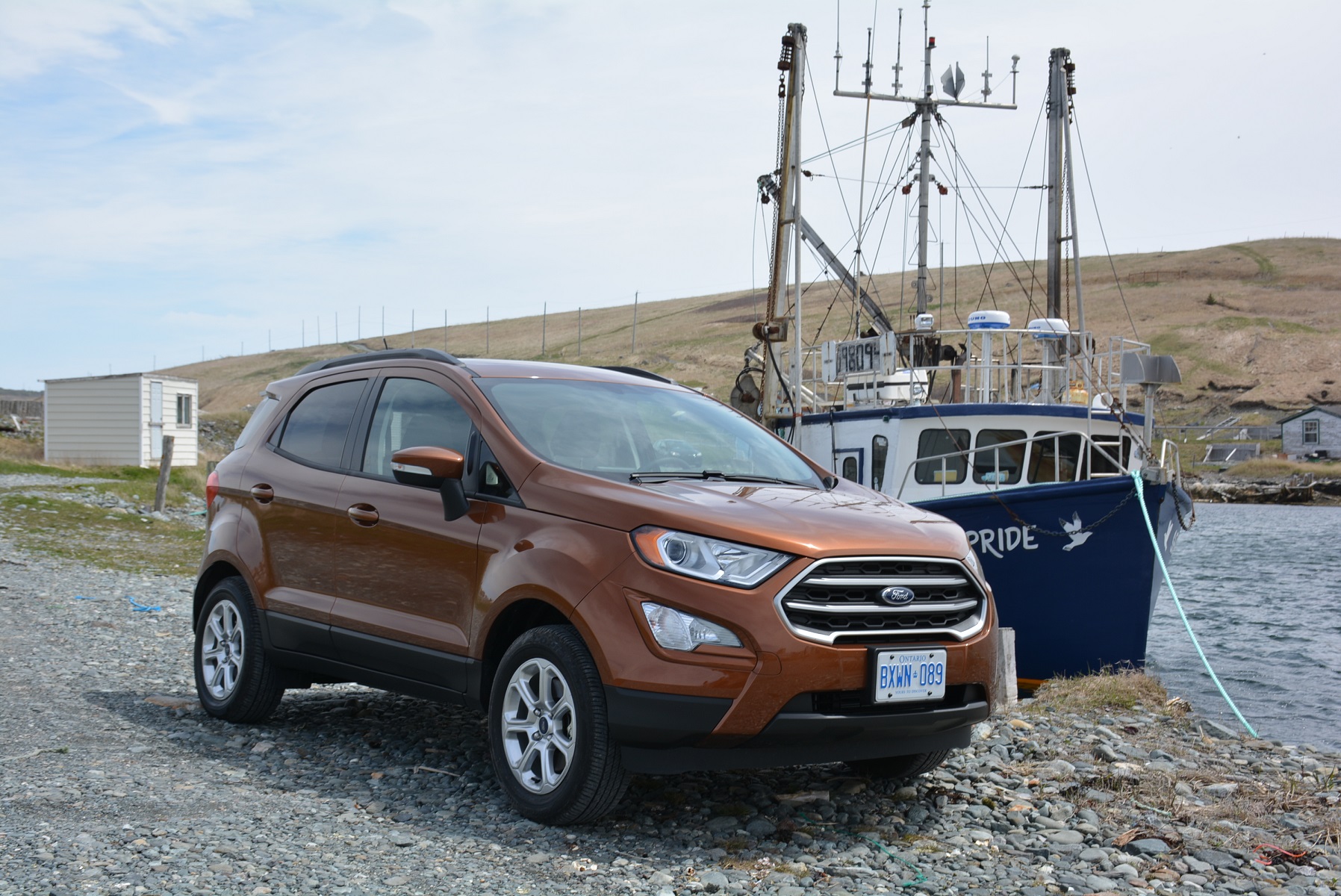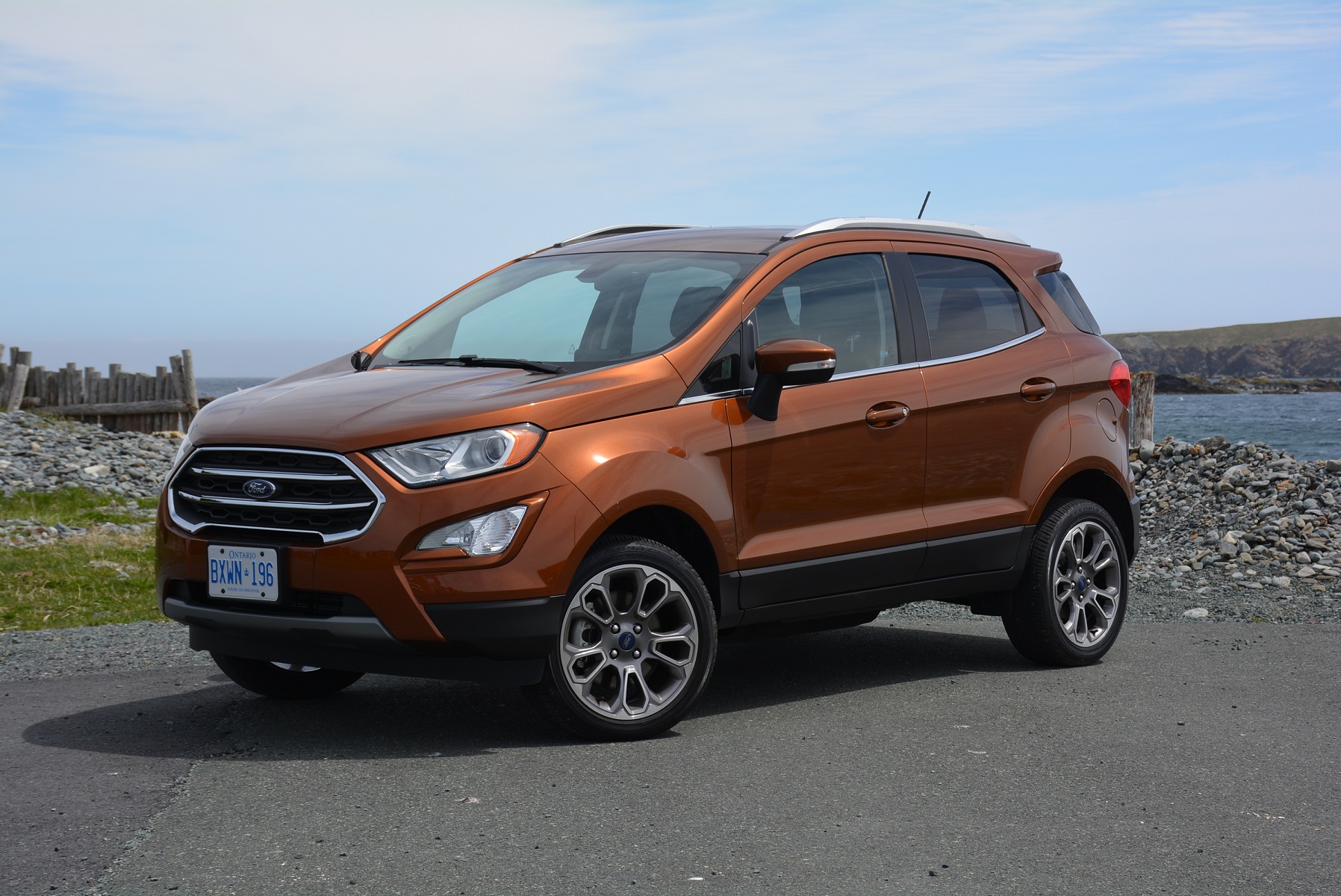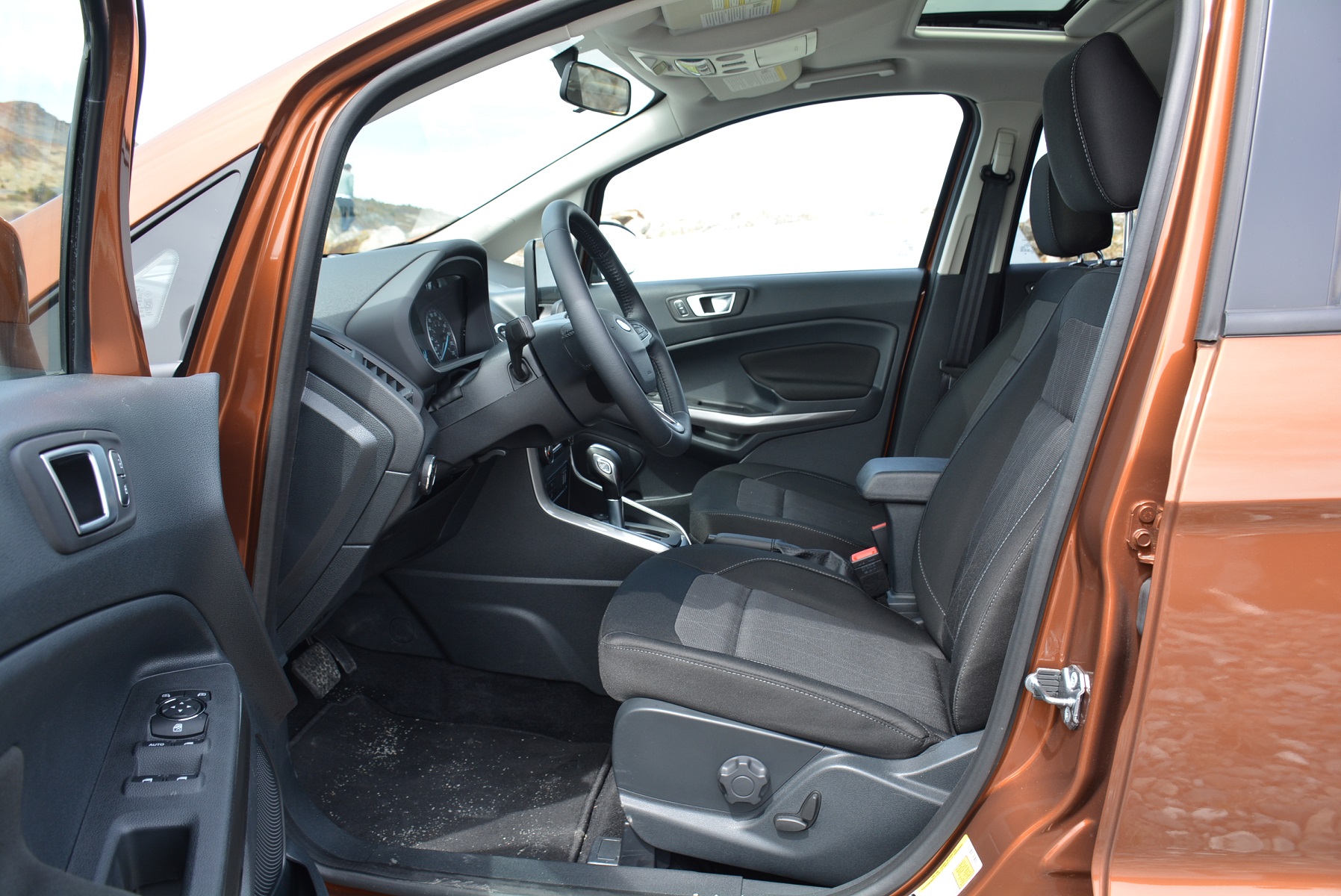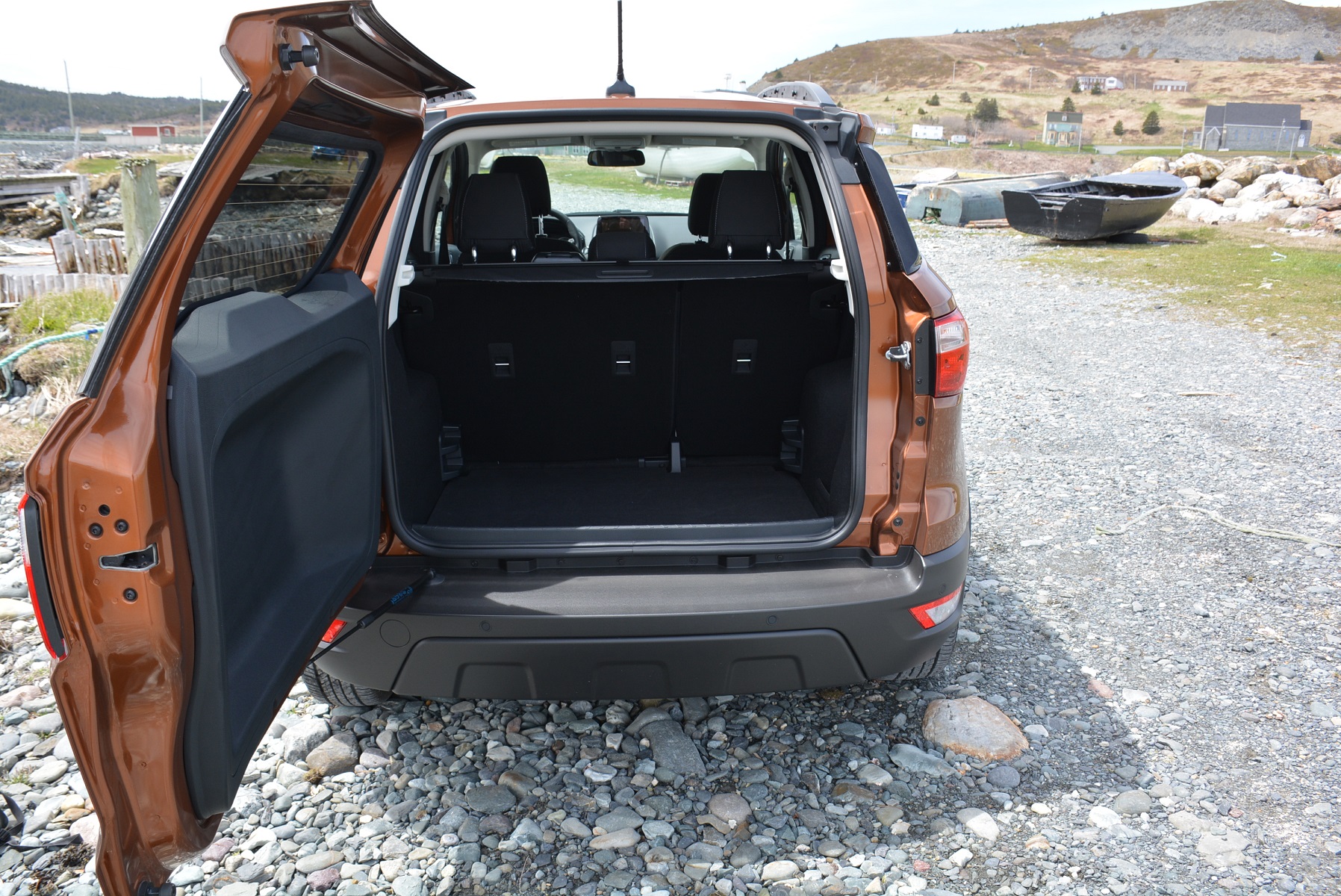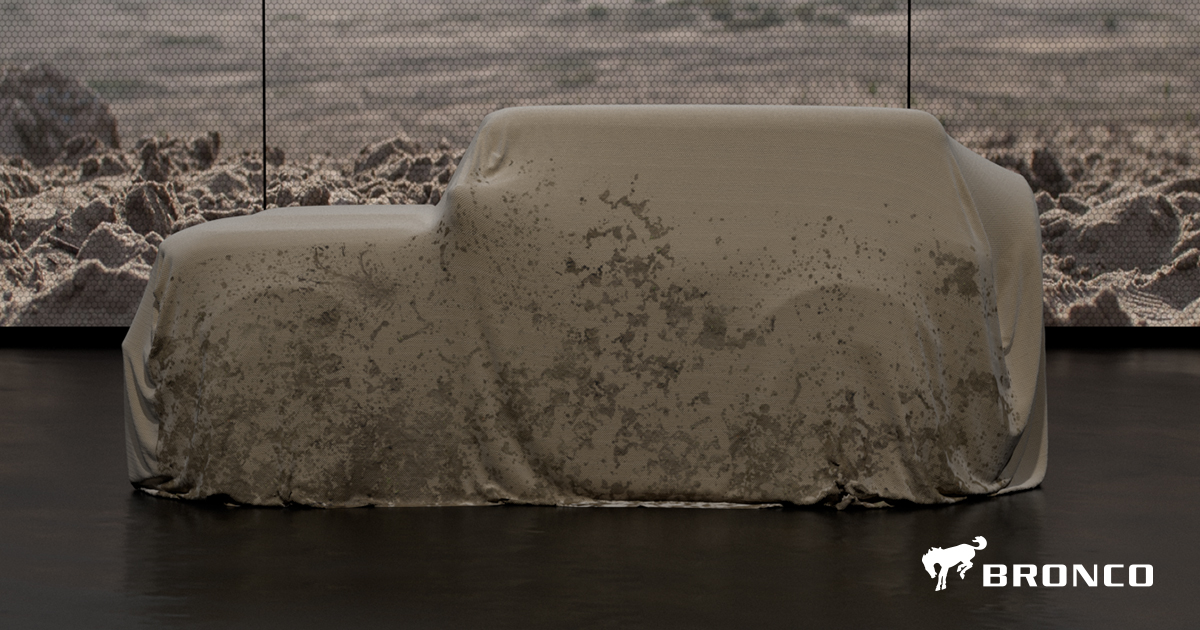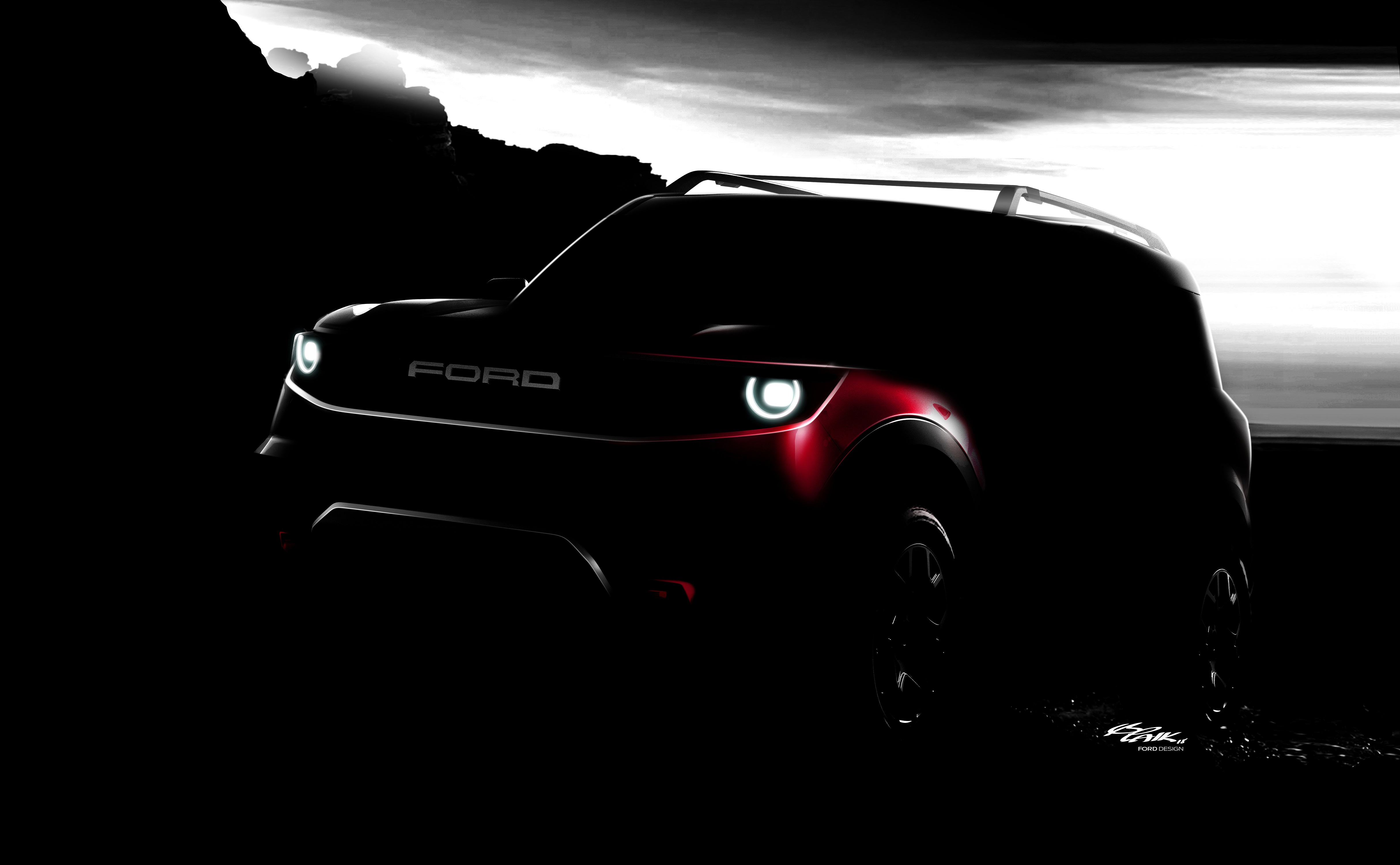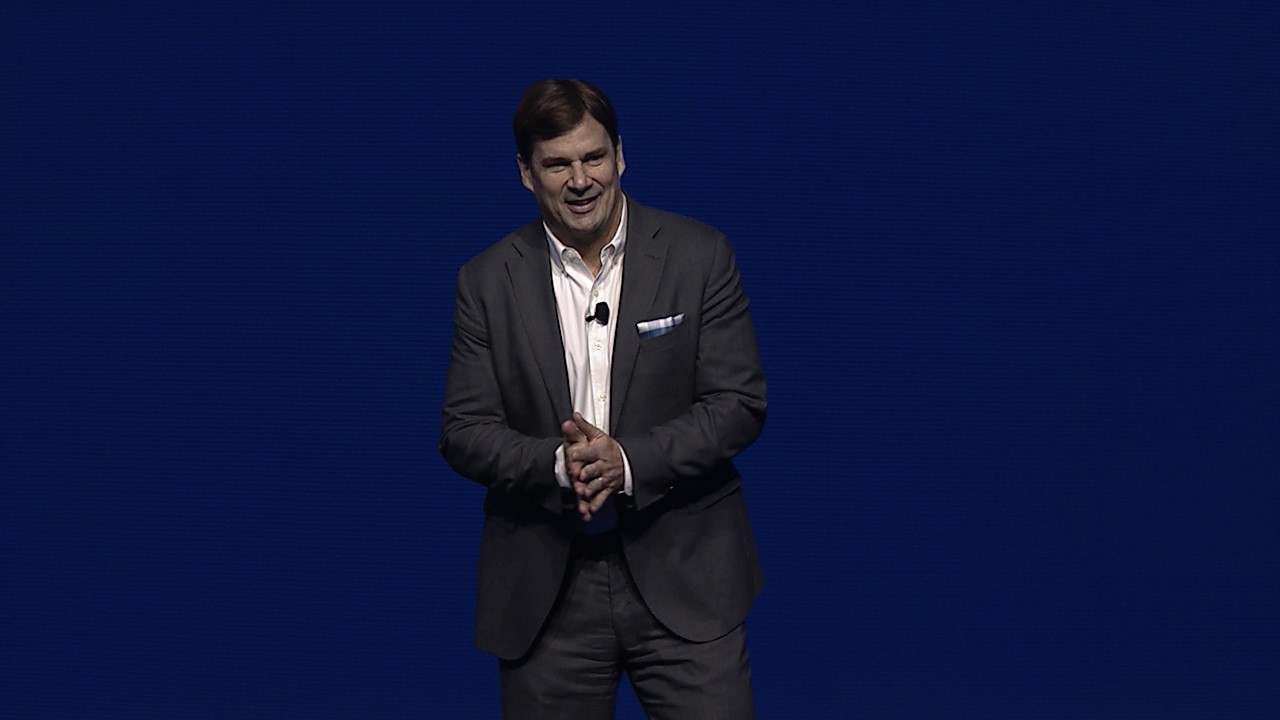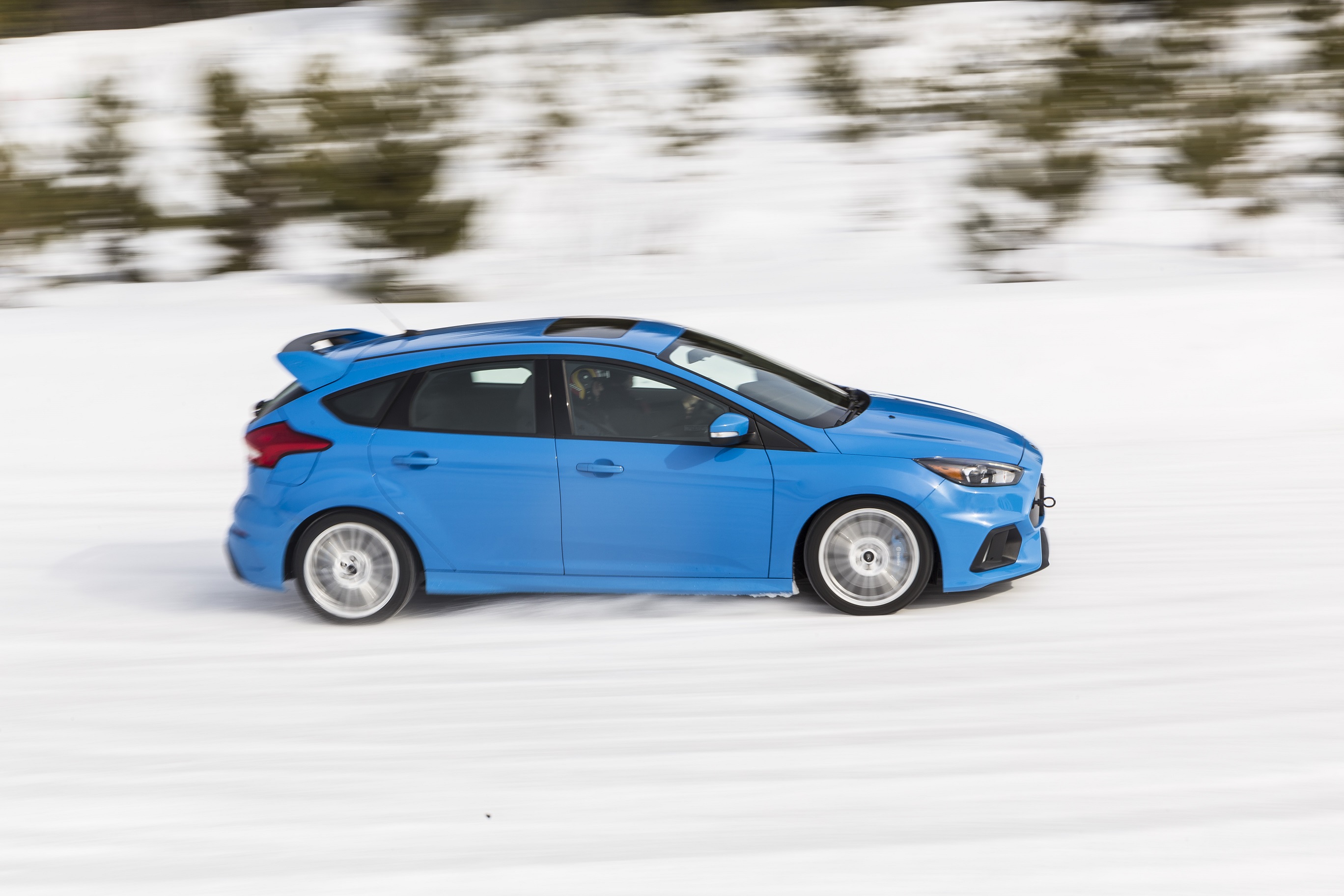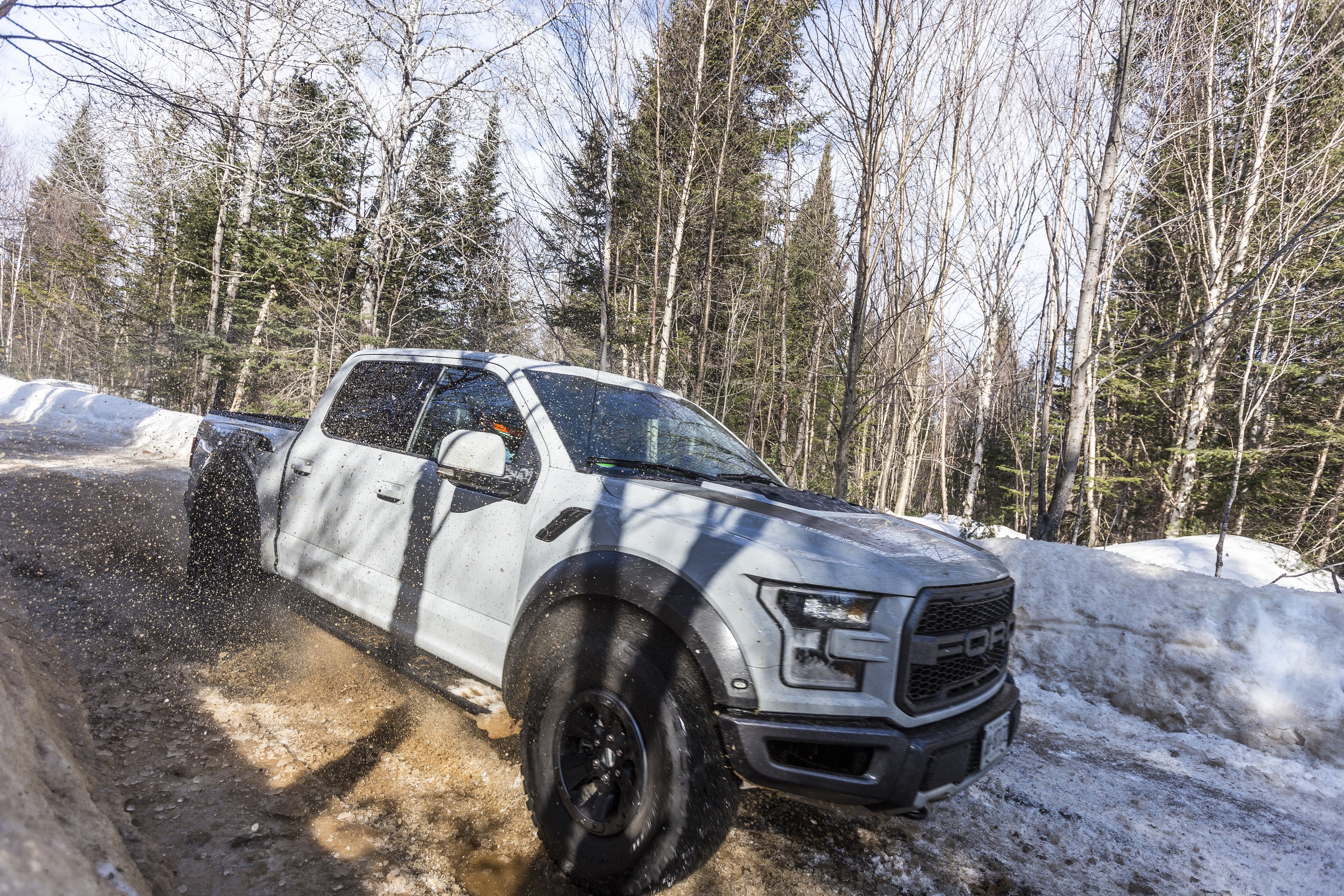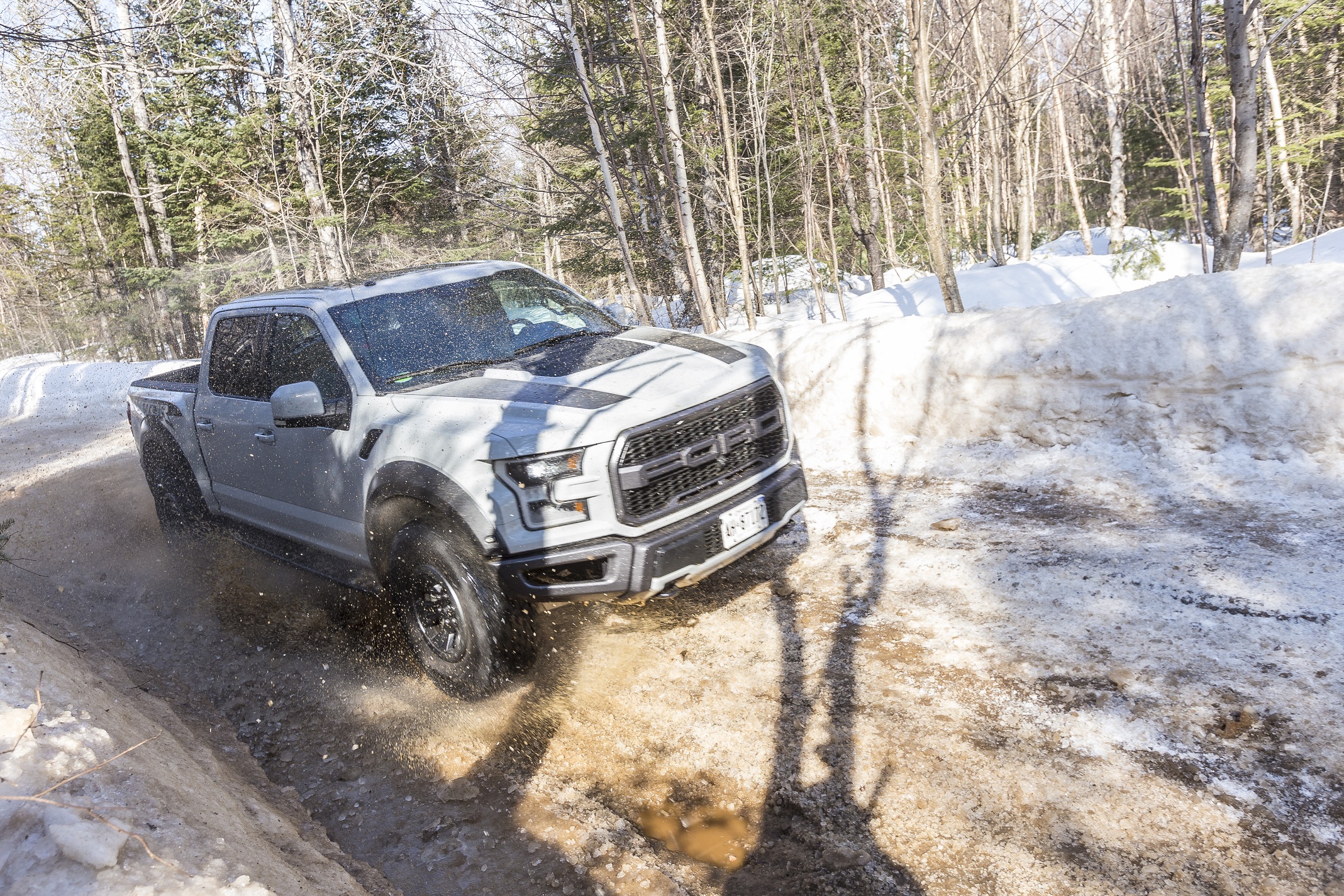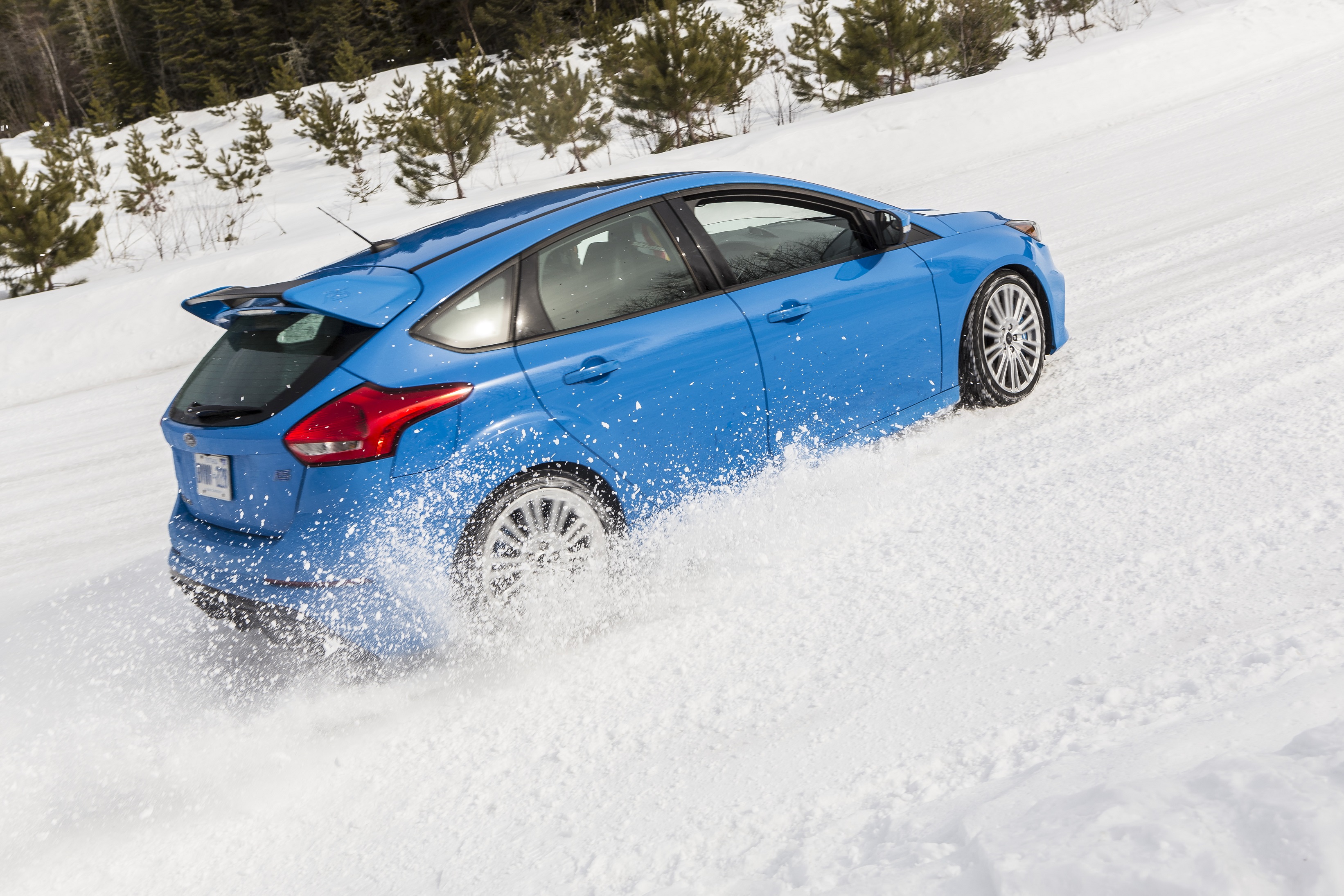First Drive – 2019 Ford Ranger: it's back and ready for action
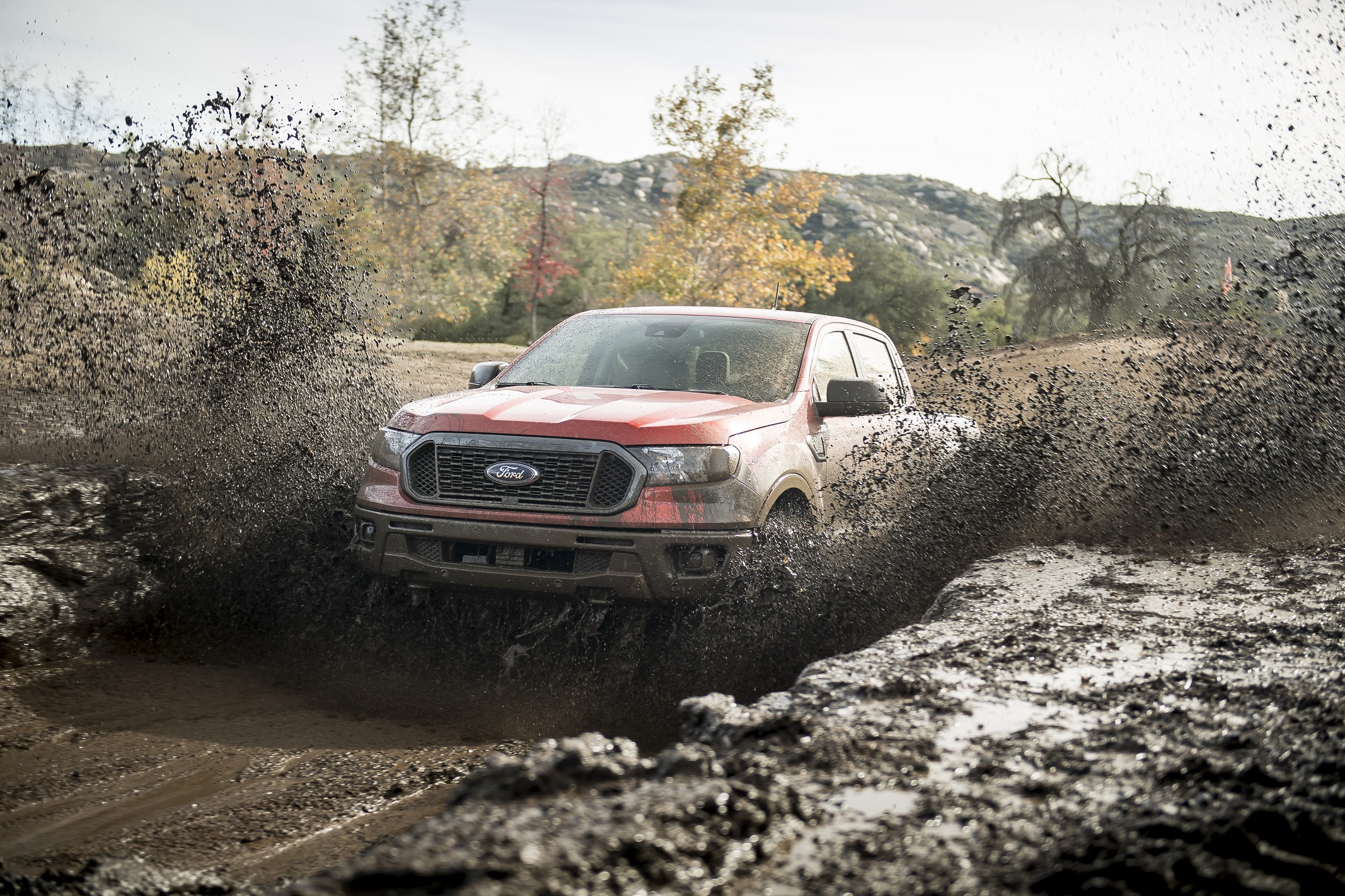
San Diego, CA – For more than 50 years in Canada, the Ford F-Series has held top spot in pickup truck sales and a decade as leader of all vehicle sales. Ford may have a full lineup of sedans (at least for now), CUVs and SUVs, but no option below its bread-and-butter F-150 since the mid-size Ford Ranger's North American discontinuation after 2011.
For 2019, that all changes with the resurrection of the Ford Ranger that re-enters the fray full of a new and refreshed crop of compact pickups including the segment-leading Toyota Tacoma, Chevrolet Colorado and GMC Canyon, as well as an upcoming Jeep Gladiator.
The all-new 2019 Ranger utilizes plenty of attributes from its top-selling F-Series sibling. Its appearance alone resembles that of a smaller F-150 with all the bells and whistles in the form of aluminum, modern technology, and a decent amount of towing and payload for the weekend warrior type. Heavy on-the-job towing and transporting will need an F-150, but for many consumers, a little of this and a little of that is all that's needed, and that's where the Ranger thrives.
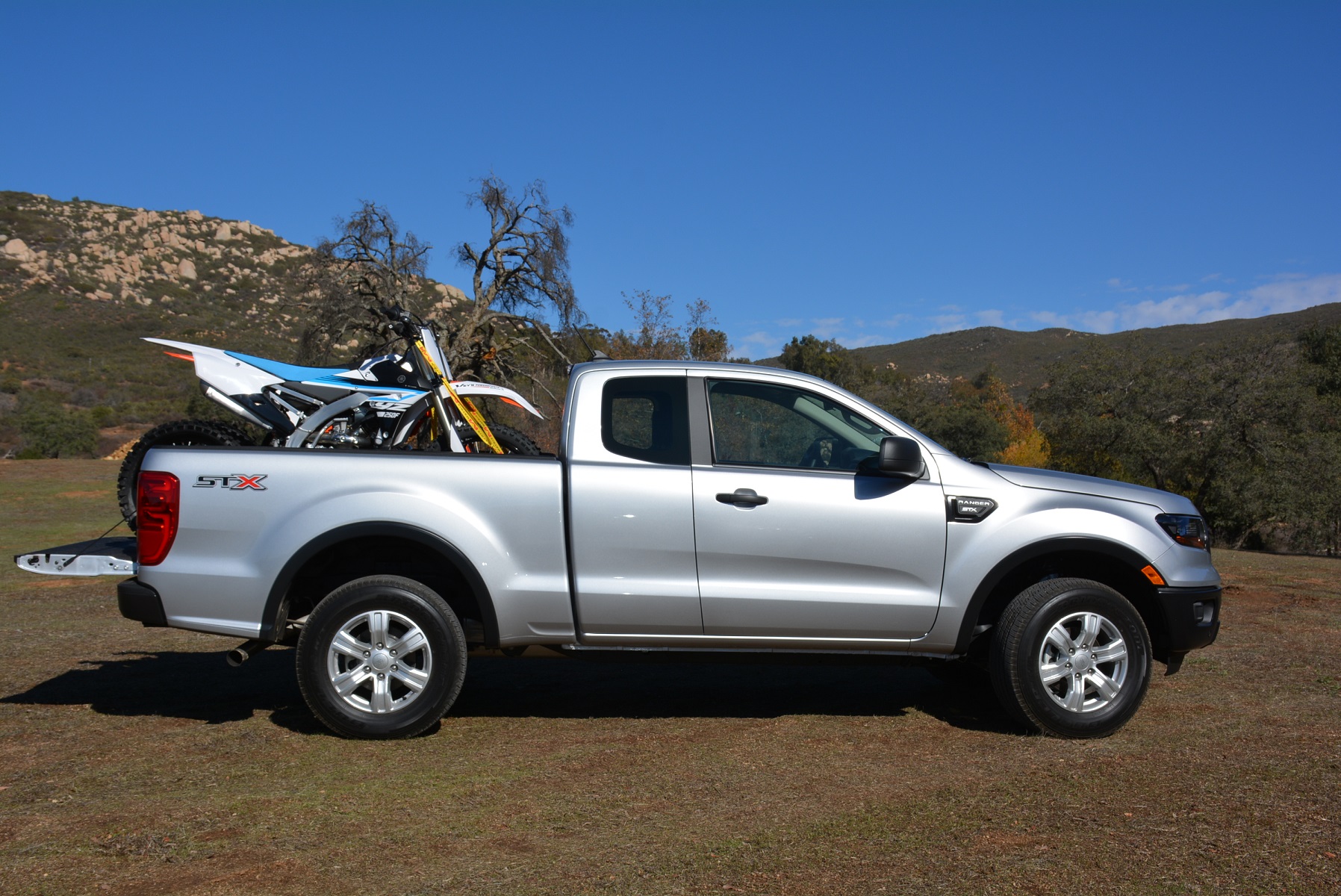
Ford simplifies buying process
Buying a pickup can be an arduous process between trim, engine and bed choices. For the Ranger, it's rather simplified through three trim levels (XL, XLT, Lariat), two cab styles (SuperCab and SuperCrew) and only one engine (2.3-litre EcoBoost four-cylinder) and drivetrain (four-wheel drive) option. It's all the same in the U.S., except for the more entry-level, but rarely-purchased 4x2 offering.
The two-door SuperCab is the only option for the XL trim with a six-foot bed; while the top-of-the-line Lariat only comes in the foor-door SuperCrew featuring a five-foot bed. The middle-tier XLT can be purchased in either configuration. Once the basic trim and cab preferences have been made, different appearance packages are offered per trim such as Sport, Chrome and an FX4 off-roader to spruce your truck up.
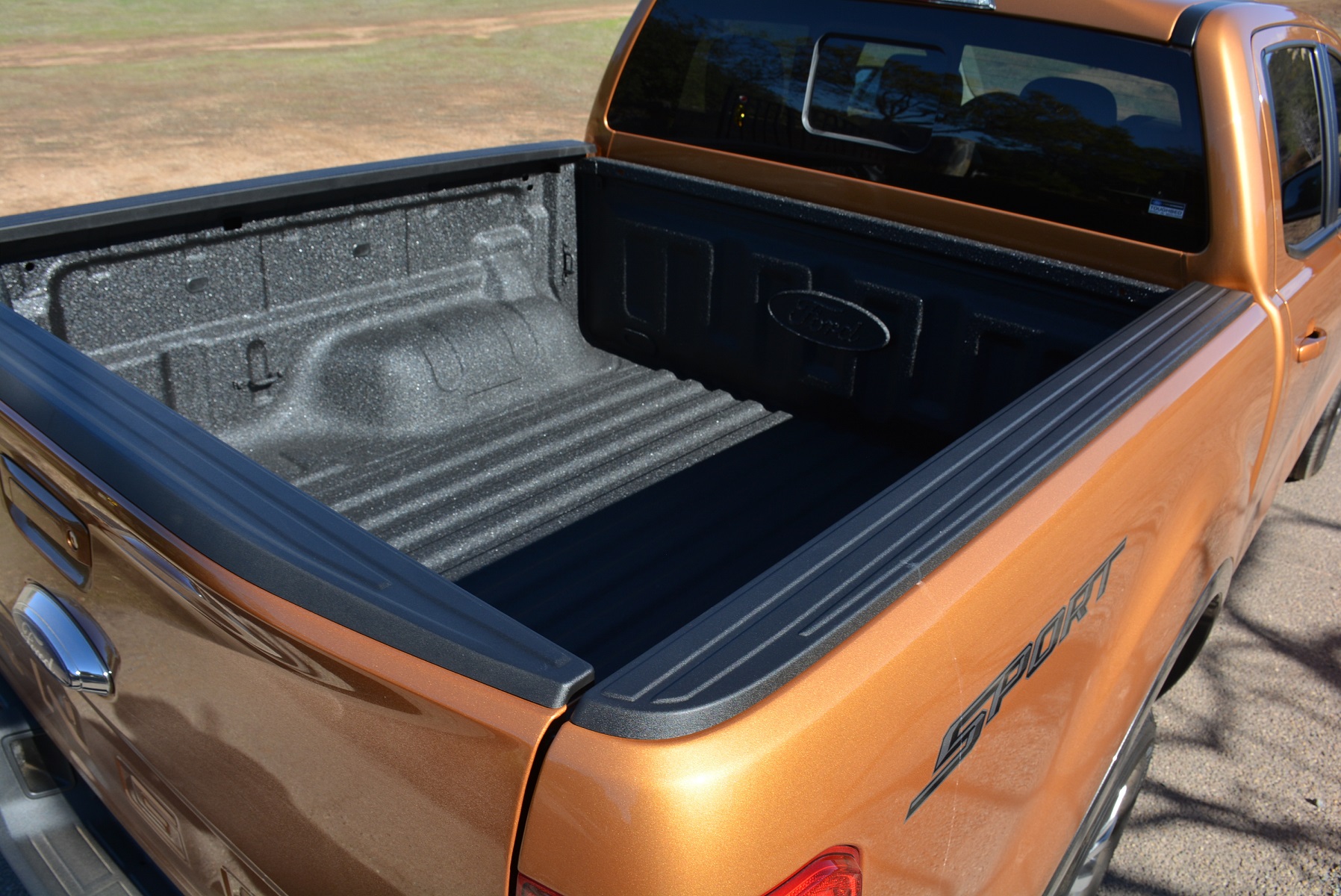
As aforementioned, powering every Ranger is a turbocharged, 2.3-litre EcoBoost inline-four engine with auto start/stop technology rated at 270 hp and 310 lb-ft of torque. It's matched to a 10-speed automatic transmission that sports a fuel efficient rating of 11.8 L/100 km in the city and 9.8 L/100 km on the highway.
It doesn't boast torque numbers like other V6s in the market, and Ford's perfectly fine with that, as the Ranger caters to a different type of consumer not solely concerned by torque and towing numbers. Rather, it concerns itself with being more lightweight, quieter and easy-to-drive, as well as being filled with innovative safety technology previously not seen as applicable to the truck buyer.
Fun to toss around
Ford set us off-the-beaten path in a mud, hills and water playground outside of San Diego to get a feel for what the Ranger is capable of. There were payload and towing exercises as well – it can tow to a maximum of 7,500 lb. (3,400 kg) and 1,650 lb (748 kg) of payload depending on cab choice – but the true test would be in how well it did in playing hard.
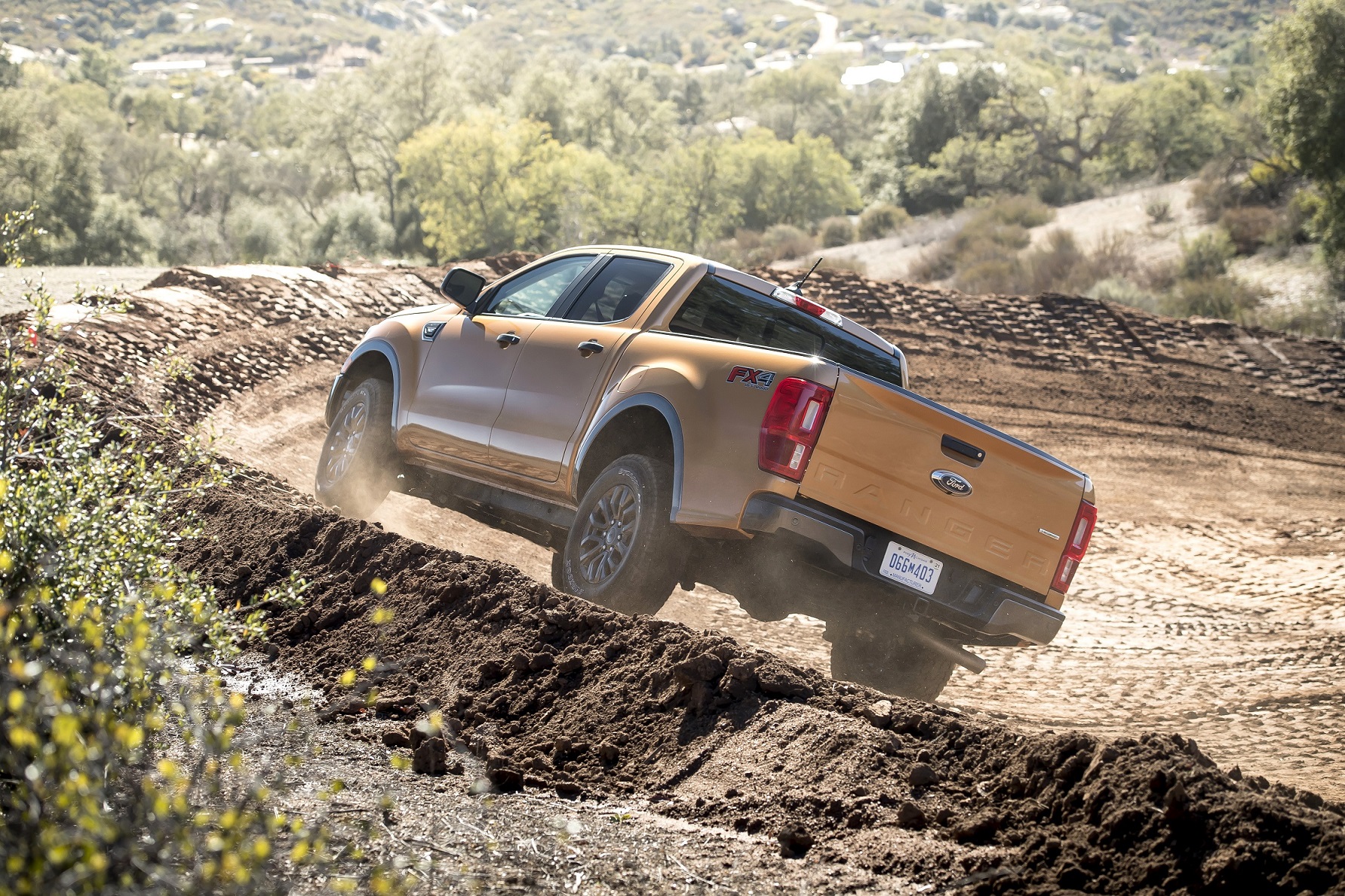
Given the lower torque figure, the Ranger surprised in quickly getting off-the-line and swinging around some corners. An off-road course was set up not as a slow crawl, but one that be taken at a more vigorous pace with the FX4 off-road package featuring an electronically controlled limited-slip differential, a Terrain Management system with Trail Control, front tow hooks, skid plate protection, additional clearance, and larger all-terrain tires with more tread.
Four-wheel-drive and a mud/ruts drive mode would keep traction in check, as the Ranger powered down on slick, muddy terrain in an effortless fashion. For hills and valleys, Trail Control was executed at over 6 km/h (a feature also found in the Raptor) where no brake or throttle input was needed. Simply take control of the steering wheel and let the advanced technology do the rest. The Ranger glided down hills and across a few bumps without any rackety sounds typically found in pickups. The whole process was calm and relaxed, a state of mind that's appreciated when off-roading.
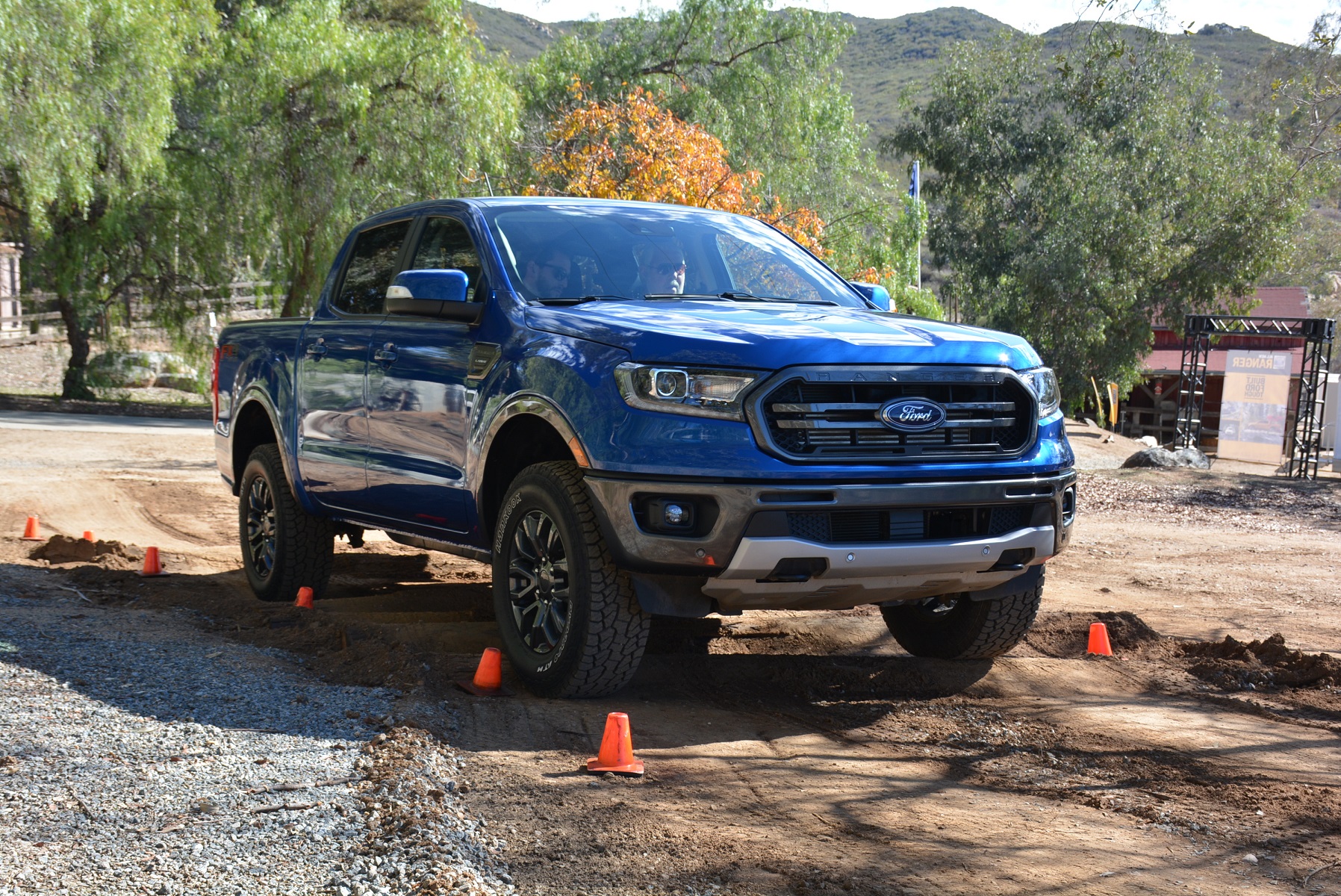
What separates the Raptor from its competition even further is the utilization of Trail Control in either 2-Hi, 4-Lo, or 4-Hi, compared to the Tacoma that can only be done in 4-Lo. It's also more modernized through being digitally precise on its speeds that can be increased in increments of 0.5 km/h. The Tacoma, on the other hand, only has a gauge of low-to-high without exact speed figures. When tested, it only seemed to top out at a slow 2-3 km/h, along with plenty of noise.
Smooth drive on regular roads

The best complement you can give a pickup, especially a mid-size, is that it drives like an SUV. For the typical non-truck driver, that's exactly what this Ranger does; something that should appeal to its potentially new truck customer base. On top of that, it comes with exceptional fuel economy that was tested during mostly highway driving to a tune of 9.9 L/100 km.
Much like the off-roading exercises, the Ranger moves with gusto on regular roads that can be enhanced even further through sport mode on its gear shift. The 10-speed transmission shifts seamlessly in either direction, except for under harsh braking. Pumping of the brakes were needed on a few occasions, bringing the Ranger to a more choppy halt.
Steering is precise with some body roll that can be expected from any pickup. As lengthy as the Ranger is, its size isn't felt on turns and surprisingly, not even on three-point-turns. That same small truck feel was evident while parking, an area that could be a deterrent for many non-traditional truck buyers.
Interior is a bit hit-and-miss
Inside, there's a great deal of technology including Waze integration with Sync 3 infotainment, Apple CarPlay and Android Auto, Wi-Fi hotspot connectivity, and a host of advanced safety technology. Unfortunately, many of those don't come standard and are found from the XLT trim and up.
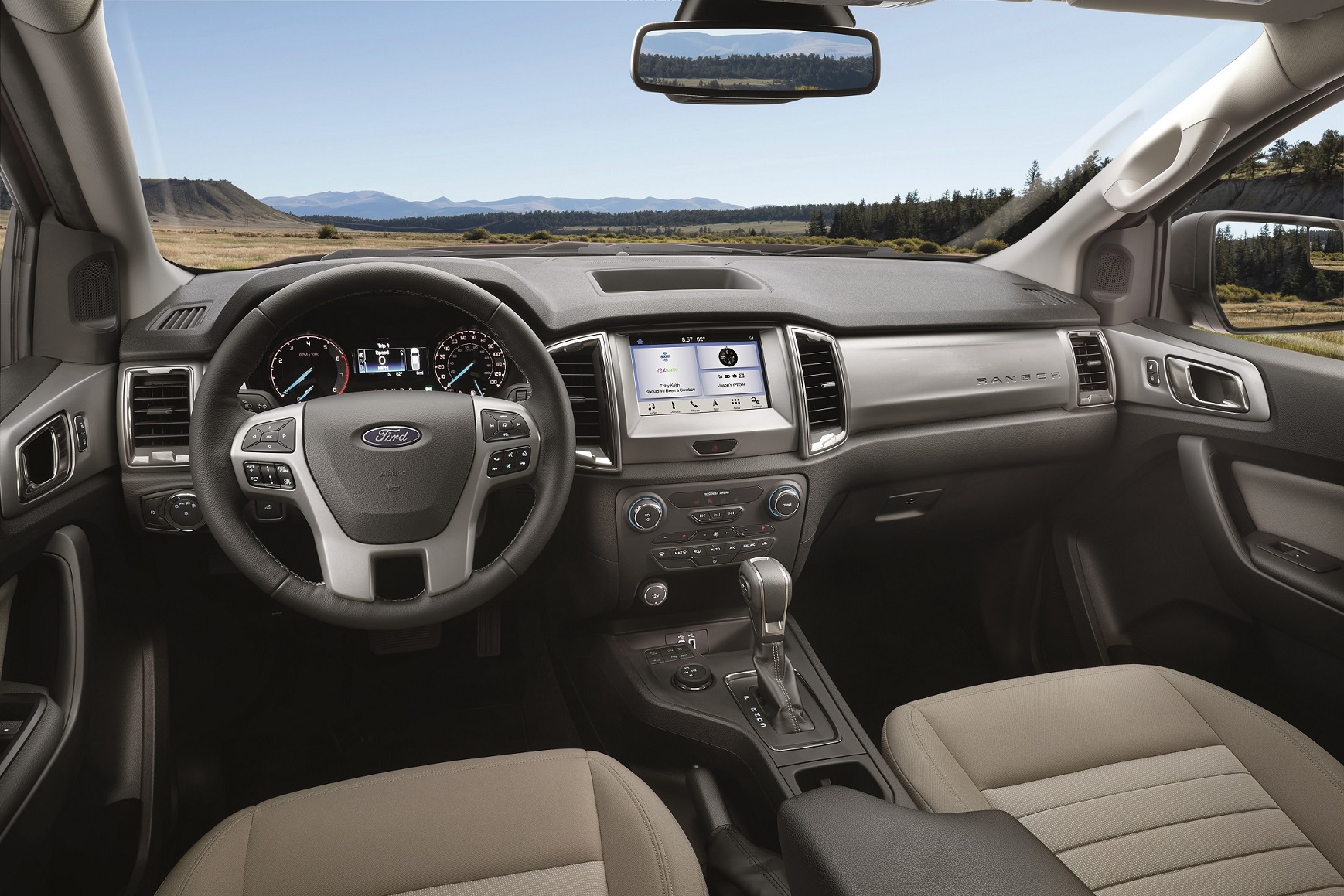
As advanced and smooth as the Ranger's technology and four-cylinder engine are, its interior space doesn't seem to reflect its whole. It all feels very pedestrian and like many other Ford SUVs and sedans, and that's not the feeling one should get in a brand new product. There needs to be some advancements made, whether that's in the touchscreen, materials, or overall look, which seem to not add much to the pickup's excitement. Luckily, its comfortable seating may make you forget about owning that unique look with an 8-way power driver and passenger seating in the front row with added heating on XLT trim.
Coming in early 2019
The growing mid-size truck segment is seeing a surge of sales and new customers, and the highly-anticipated Ranger should fare well and grab plenty of attention through its cutting-edge looks, modernized technology comforts and aids, smooth ride, and exceptional towing and payload.
The 2019 Ford Ranger will be on sale in early 2019. It comes at a starting price of $30,969 for the XL SuperCab, topping out before any appearance packages at $42,289 for the Lariat SuperCrew. 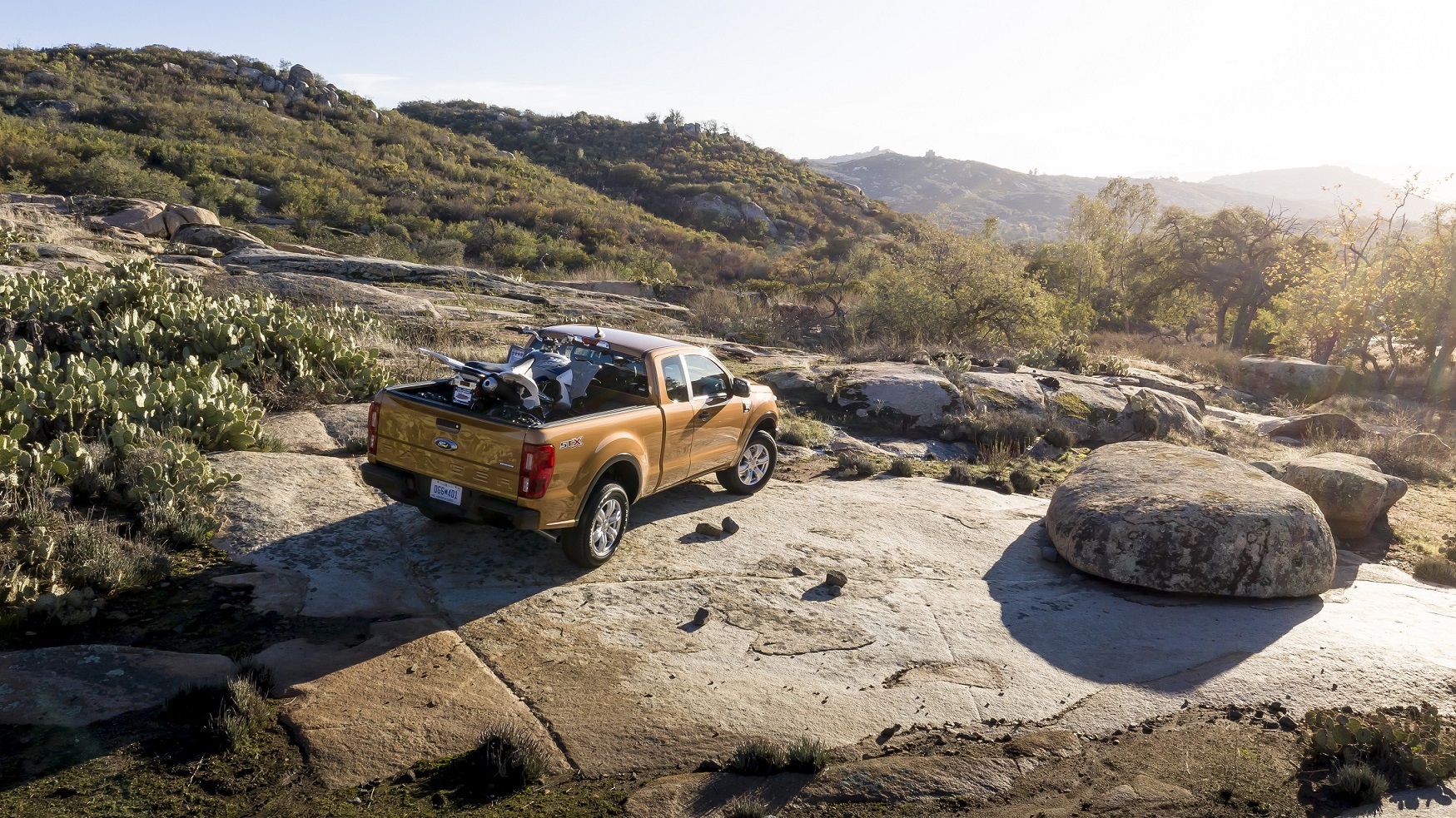
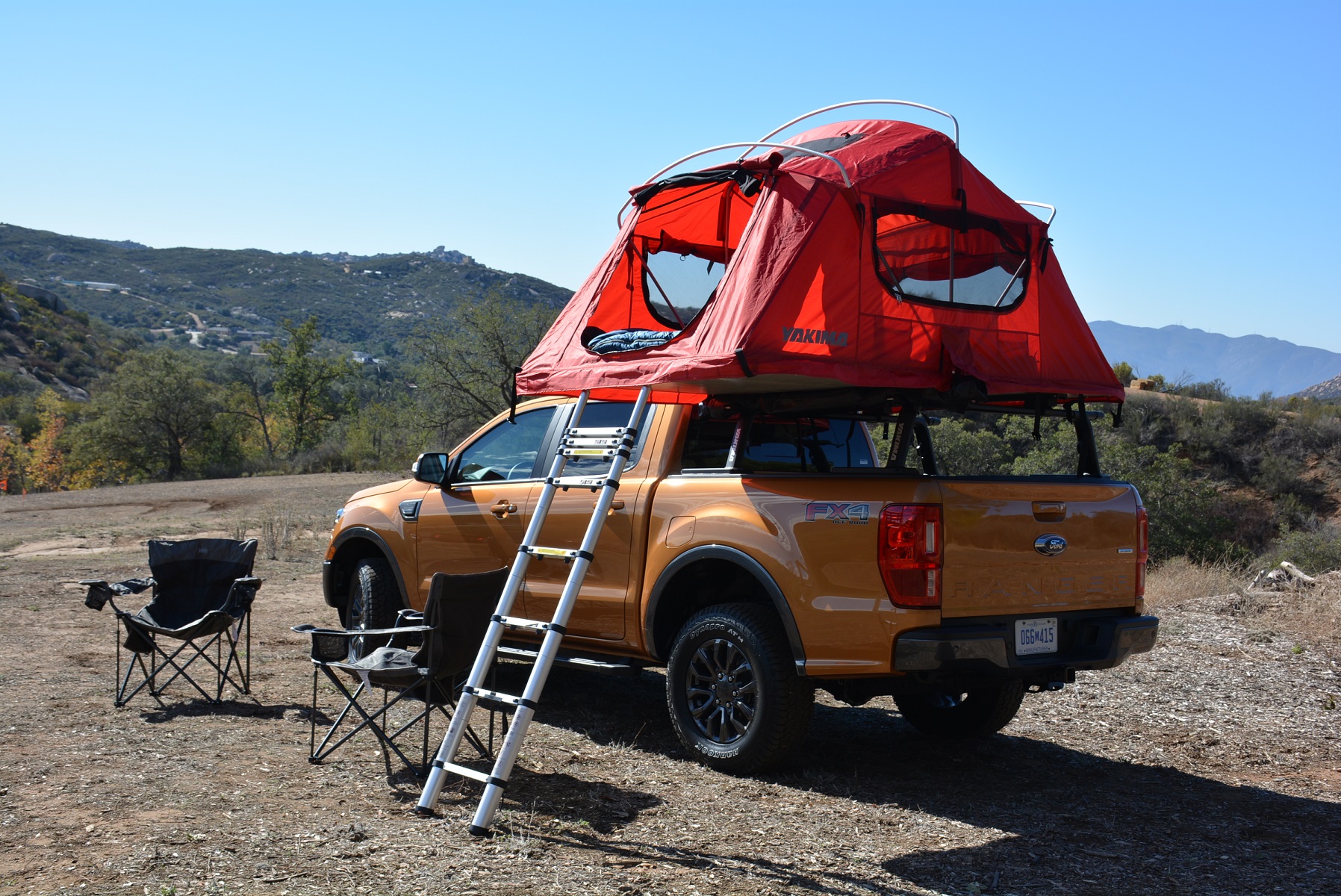
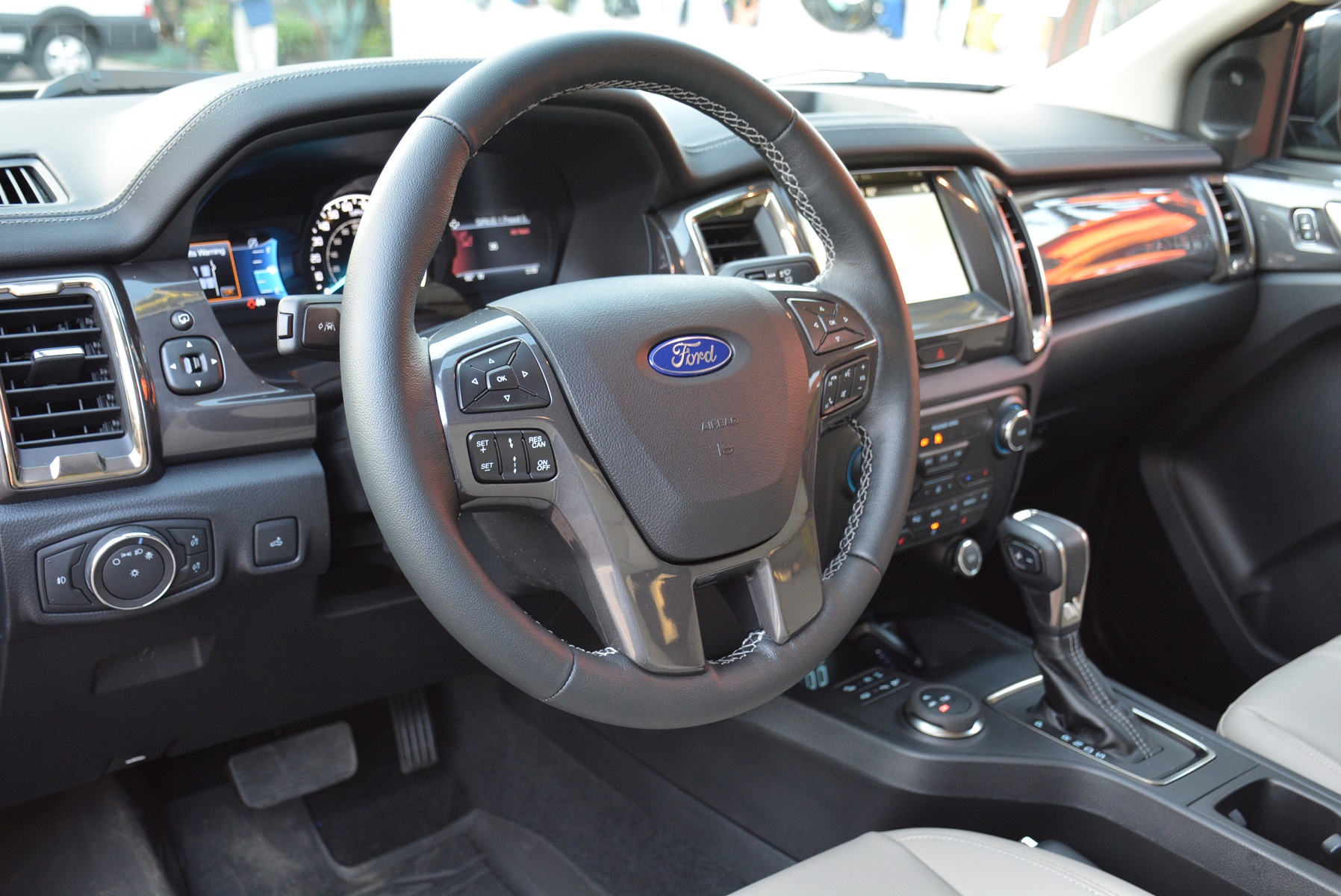
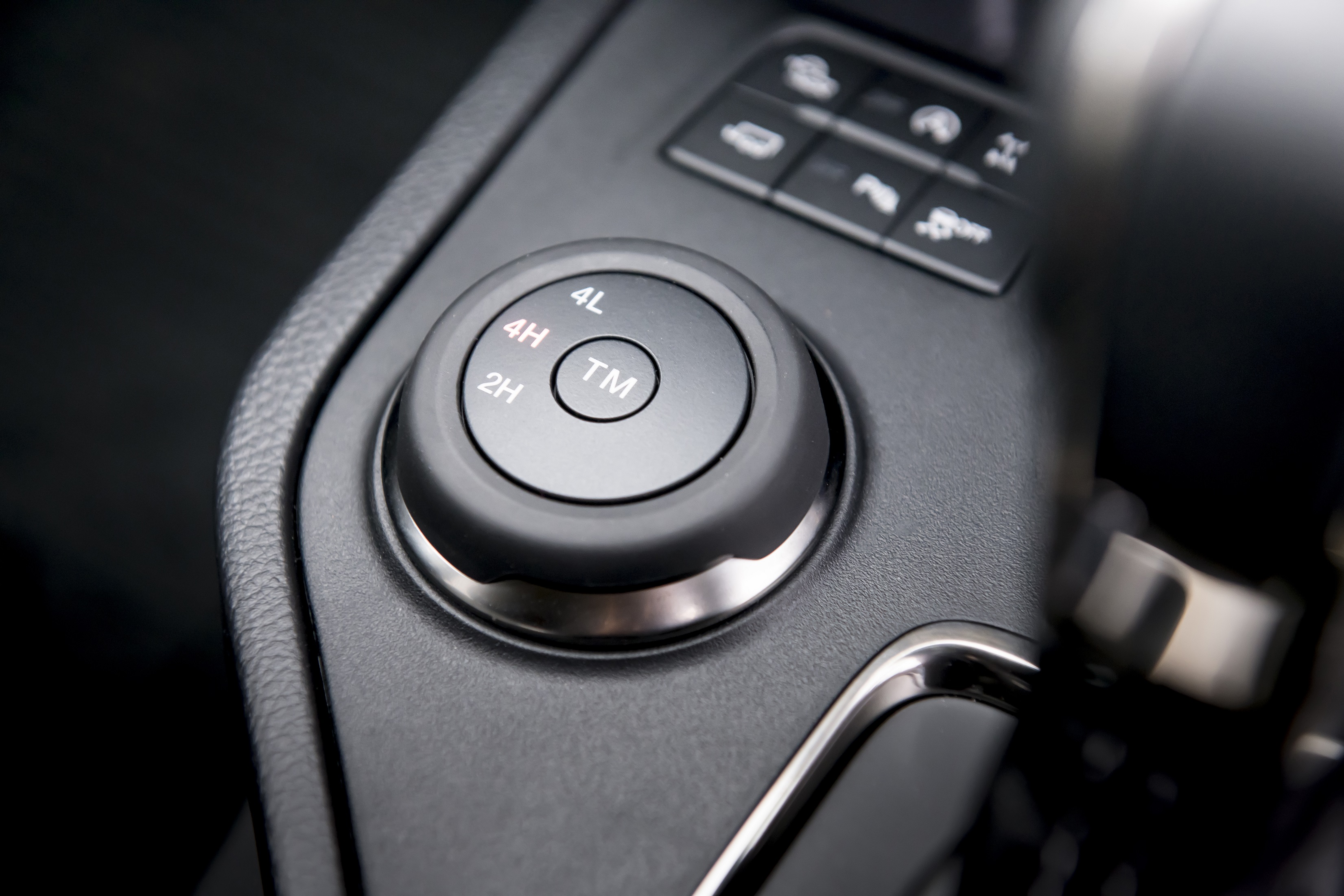
- Published in CAR REVIEWS

